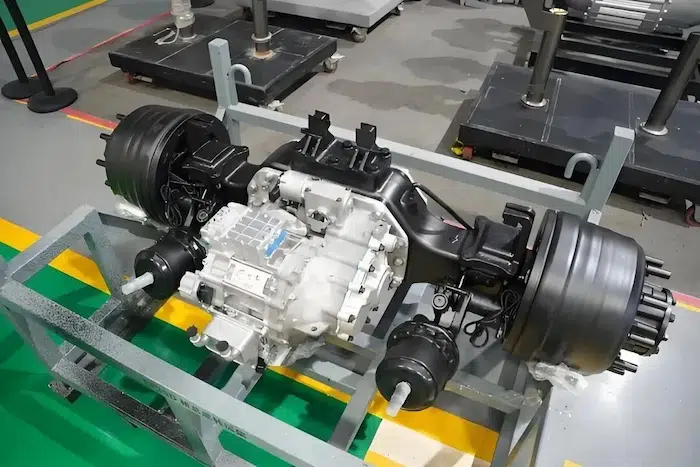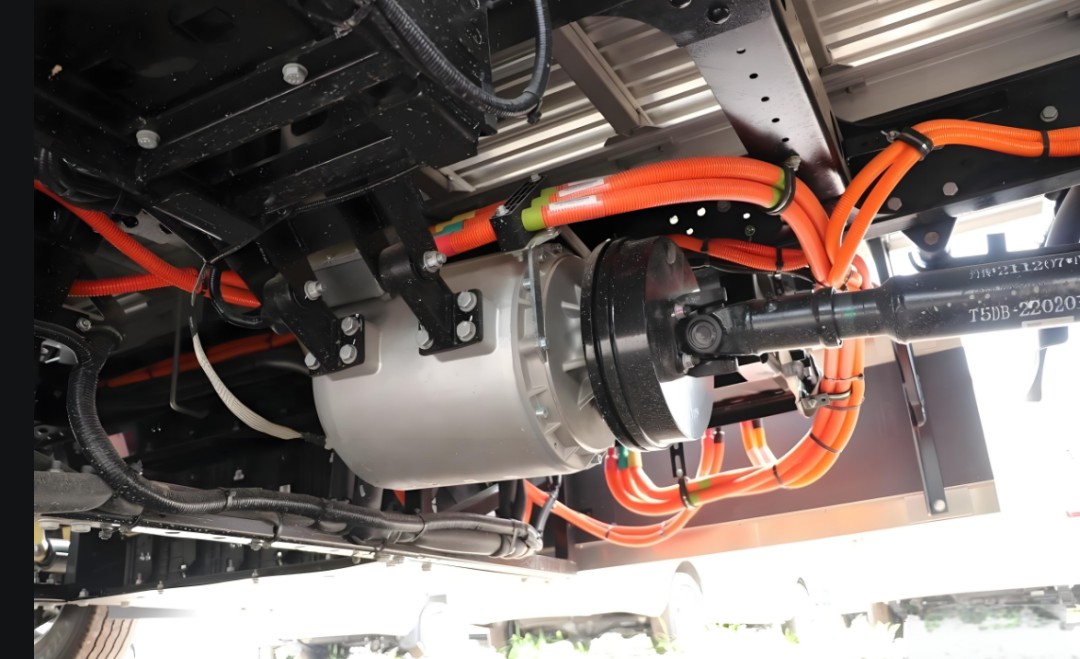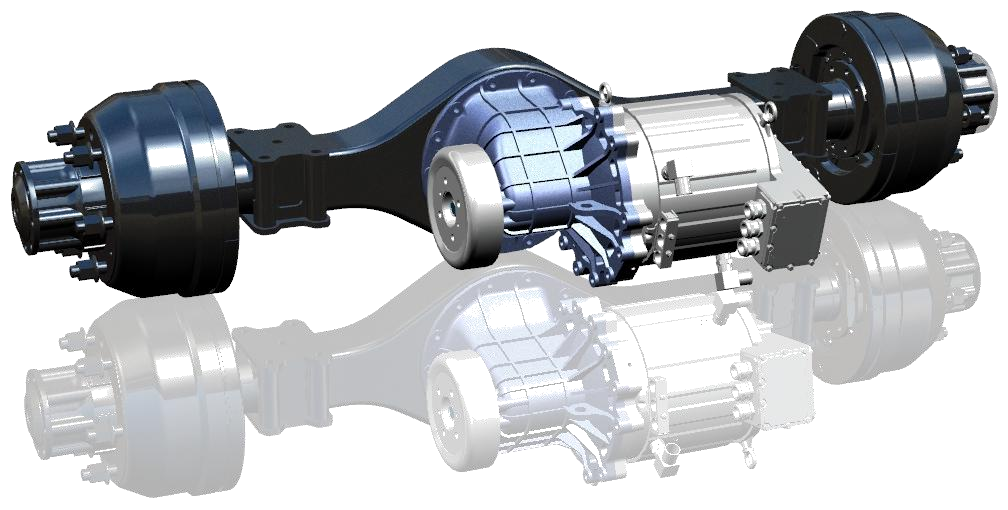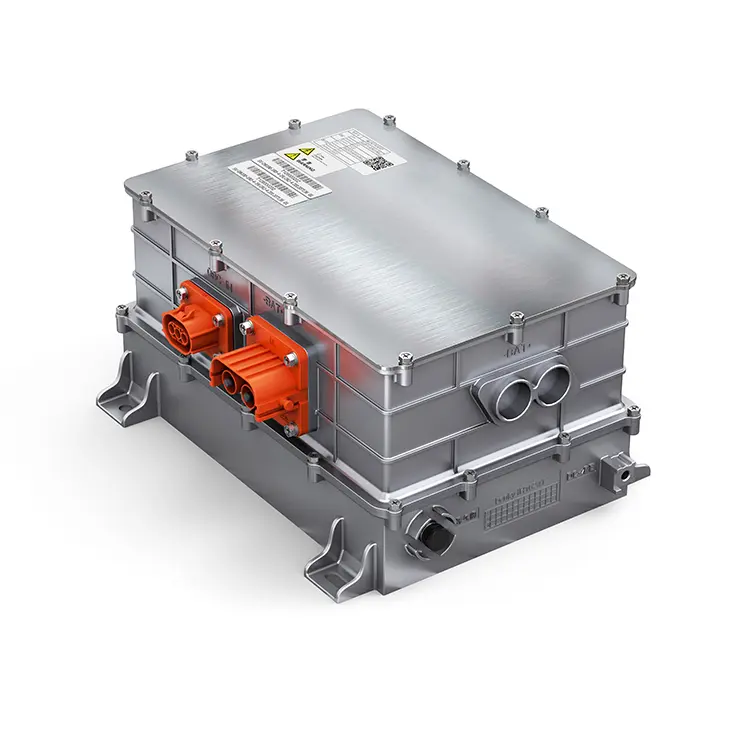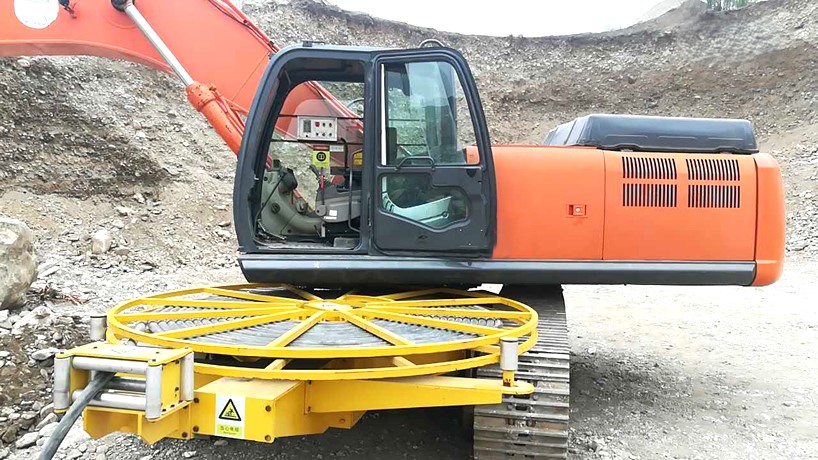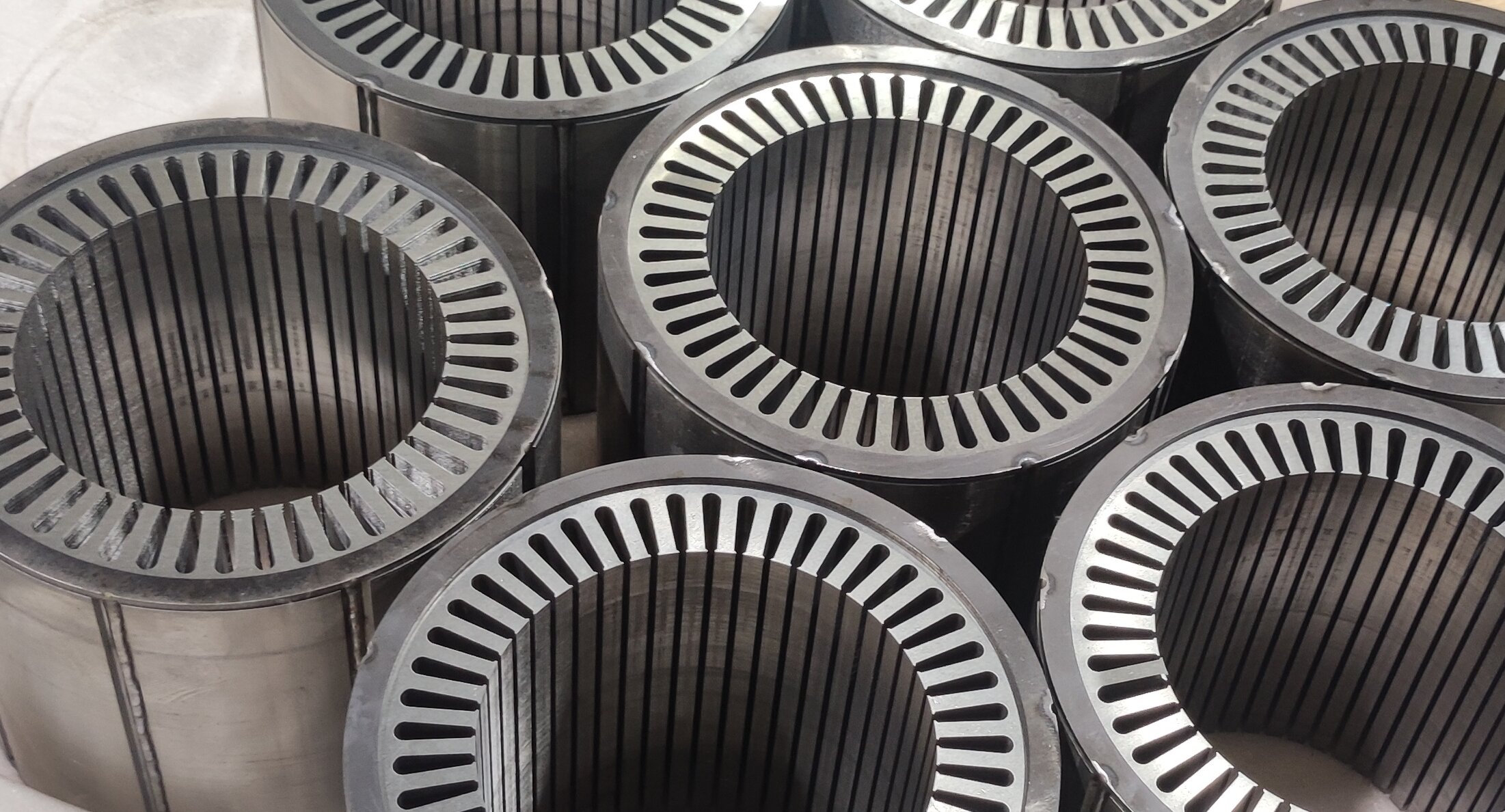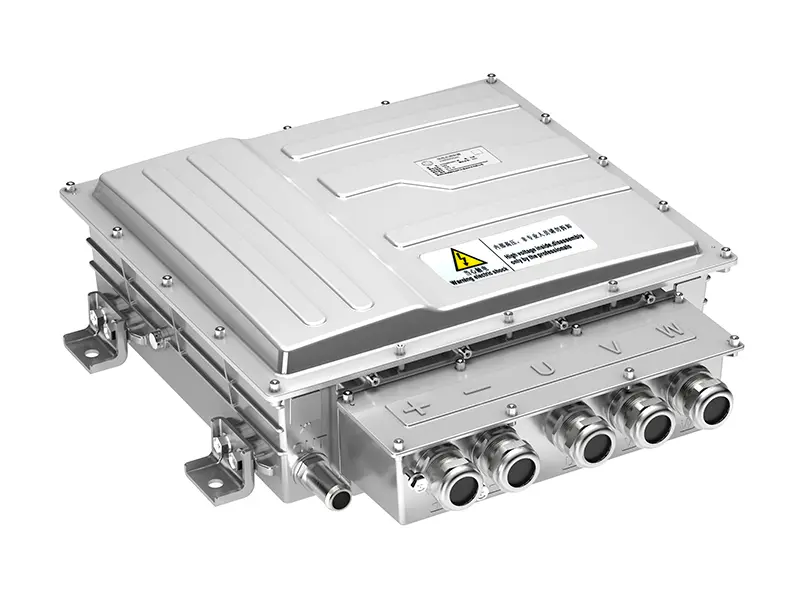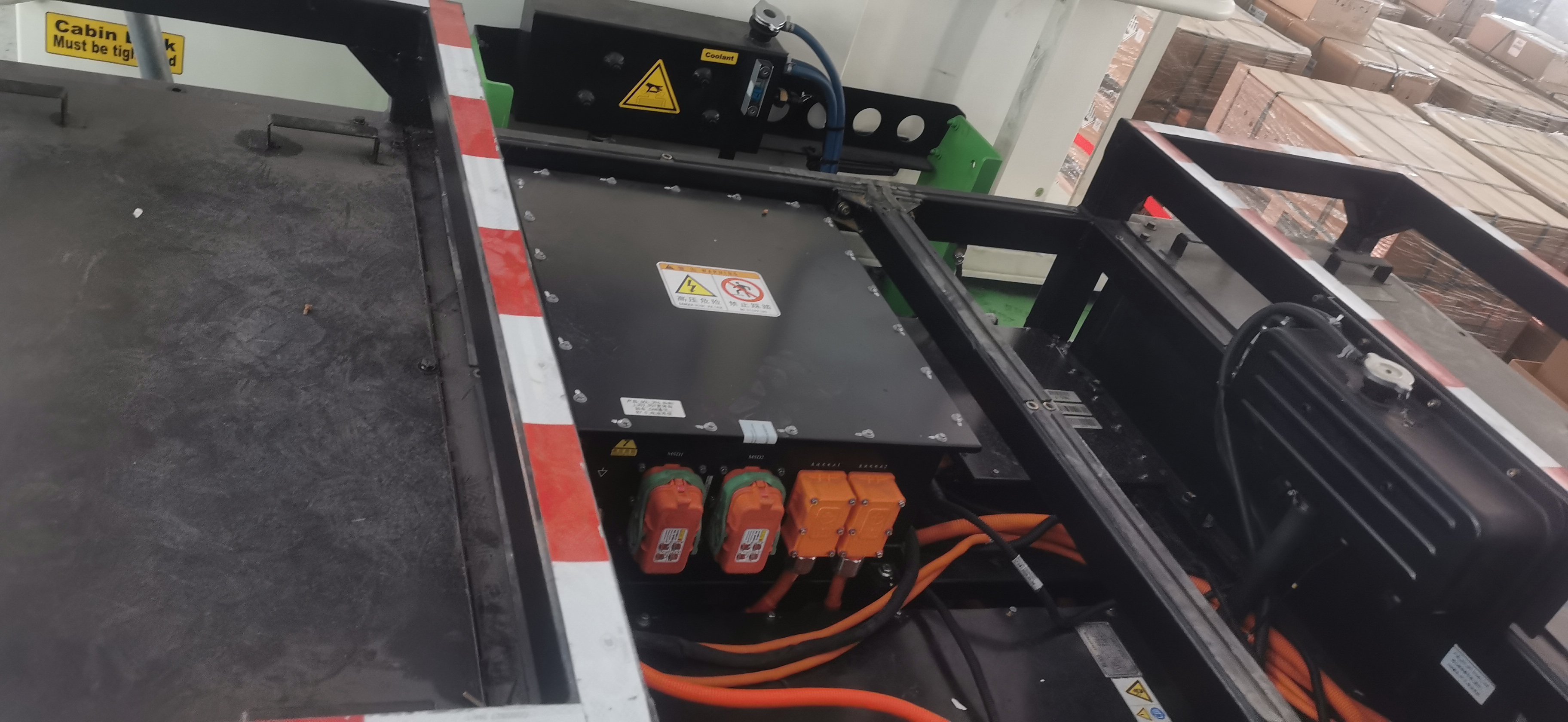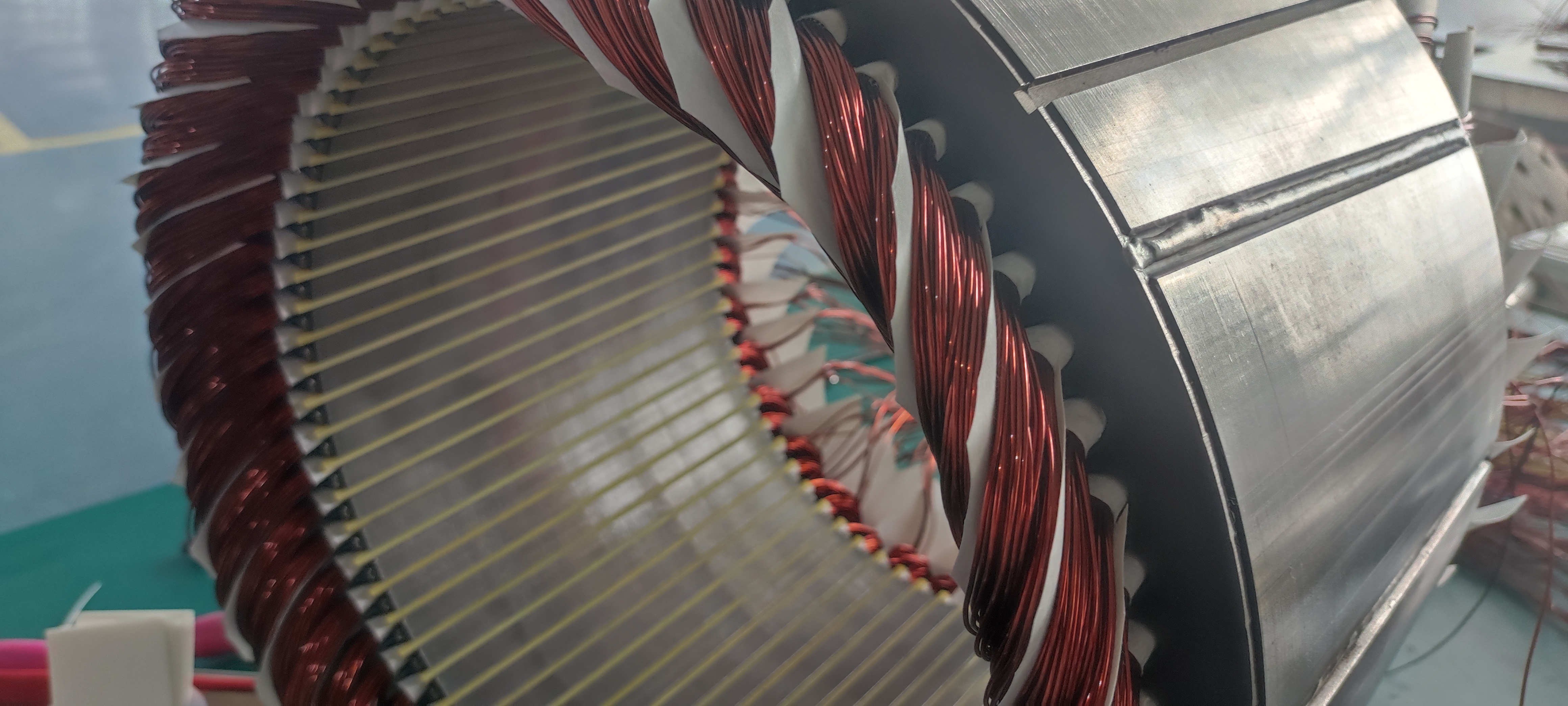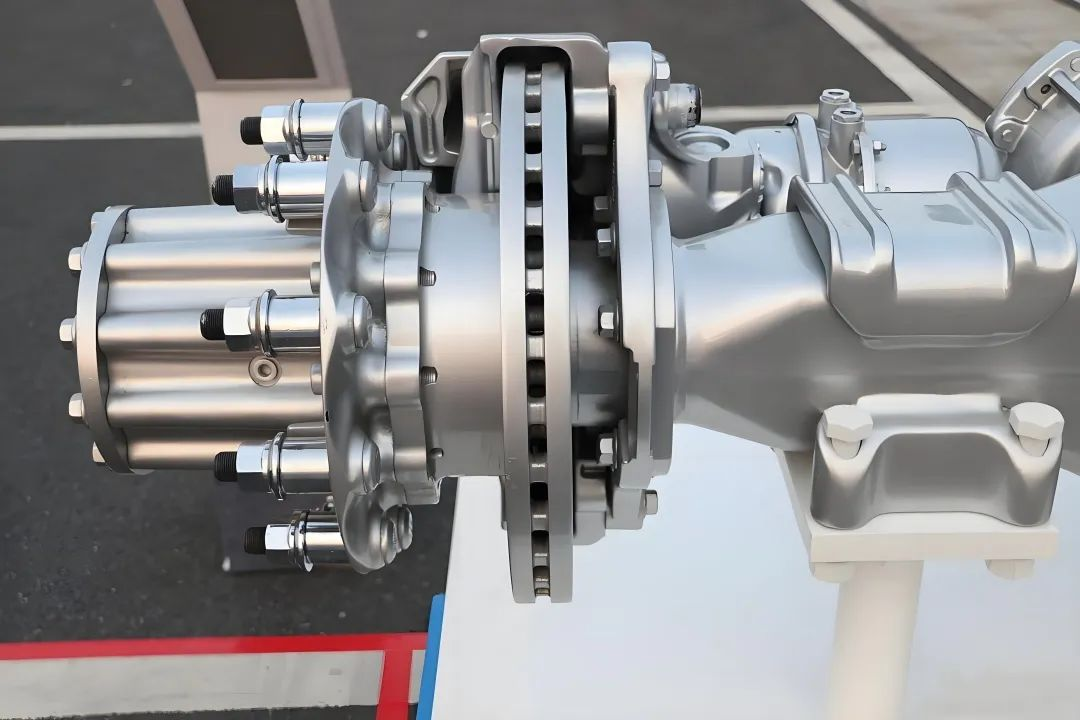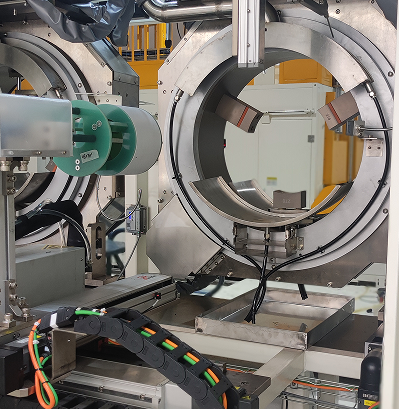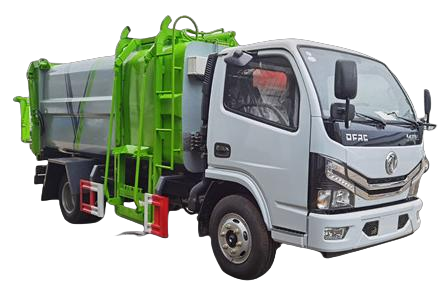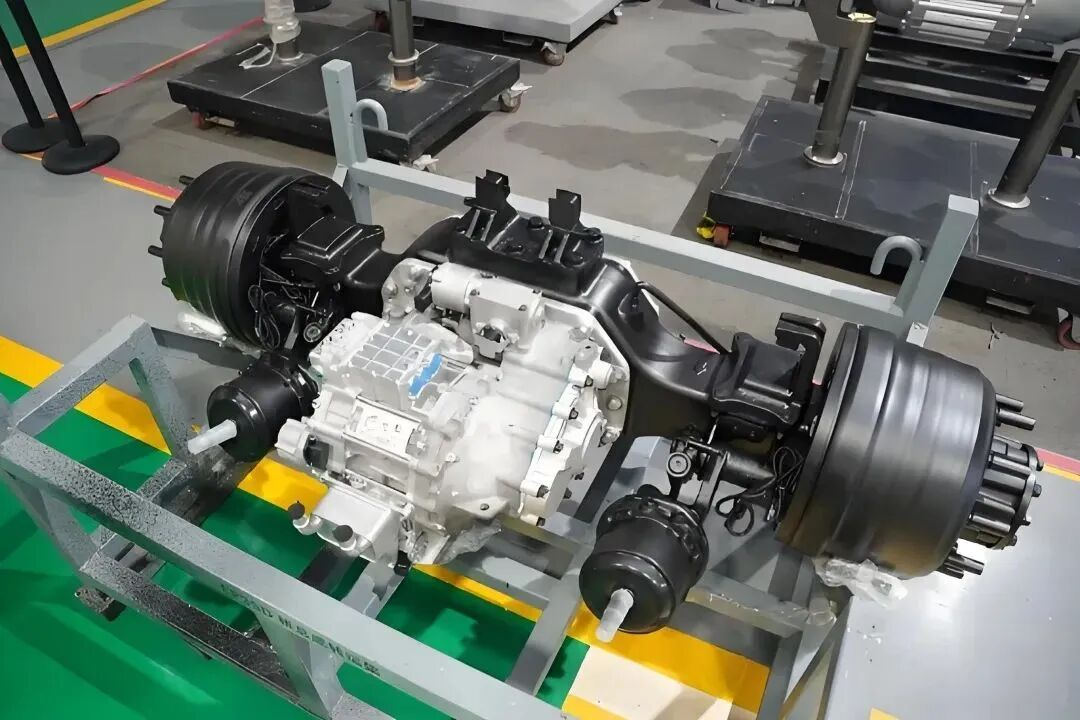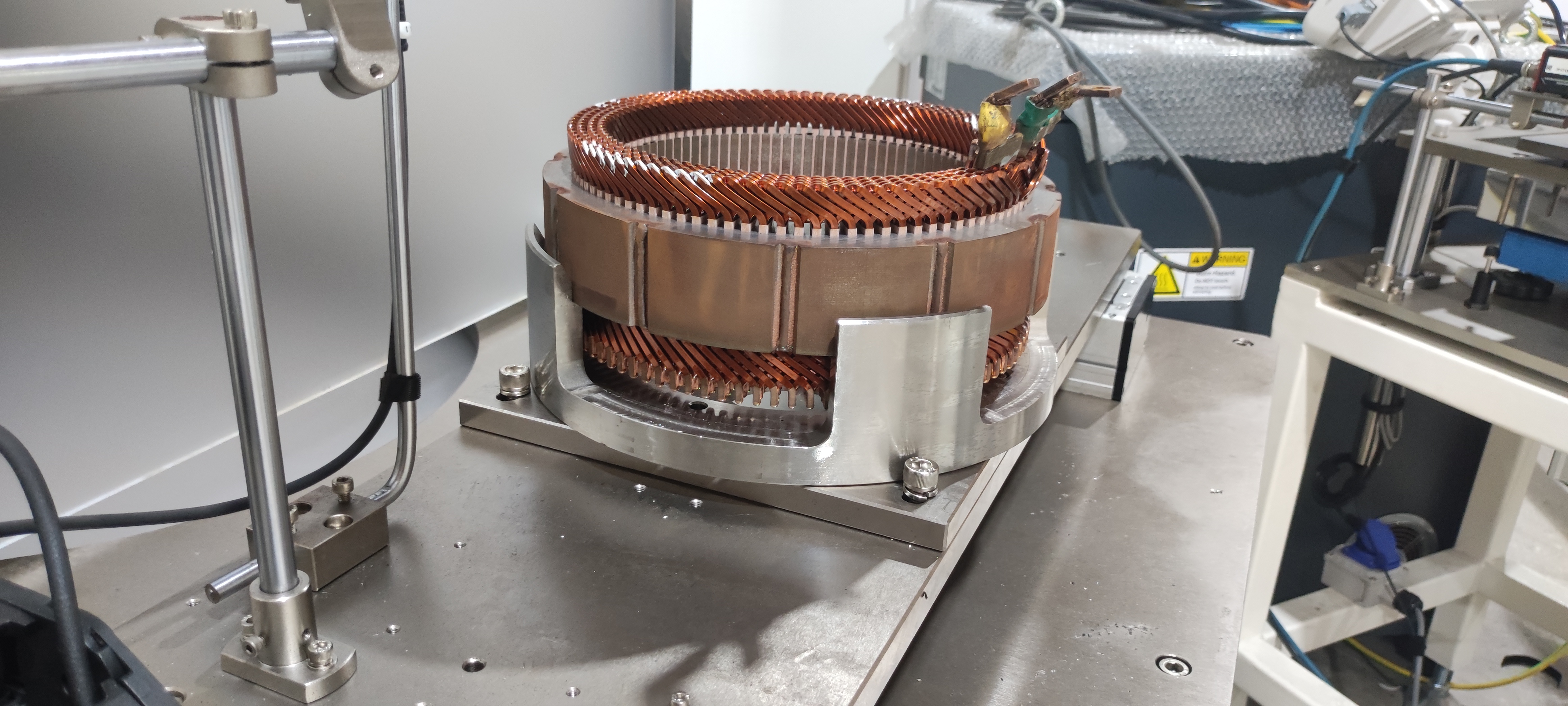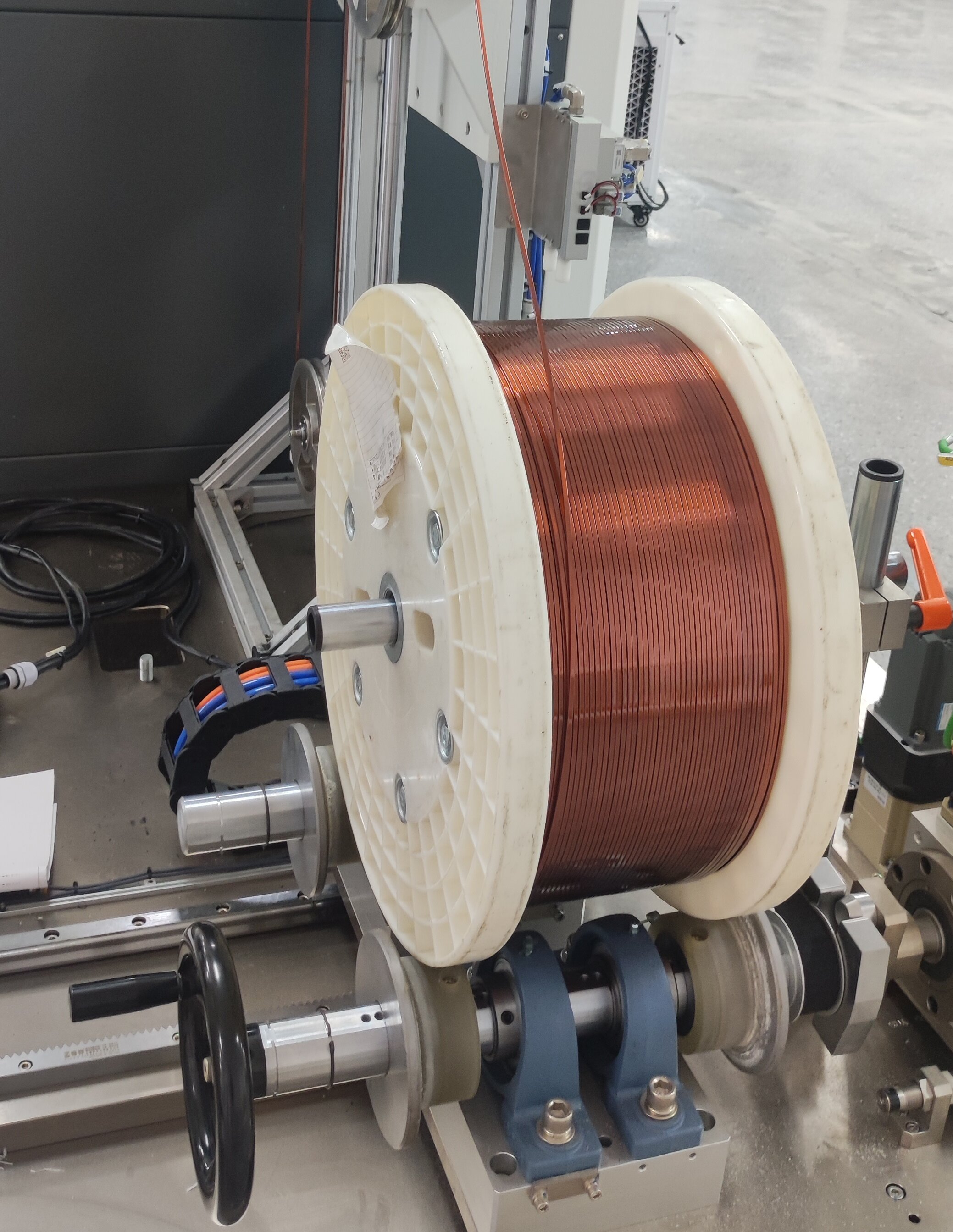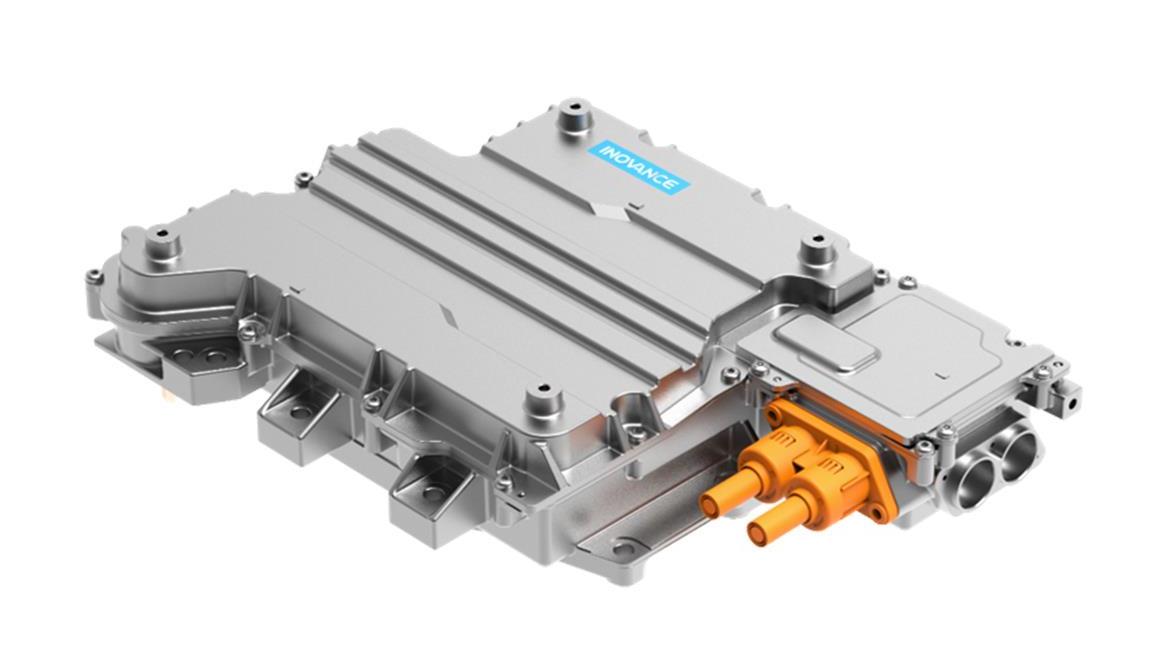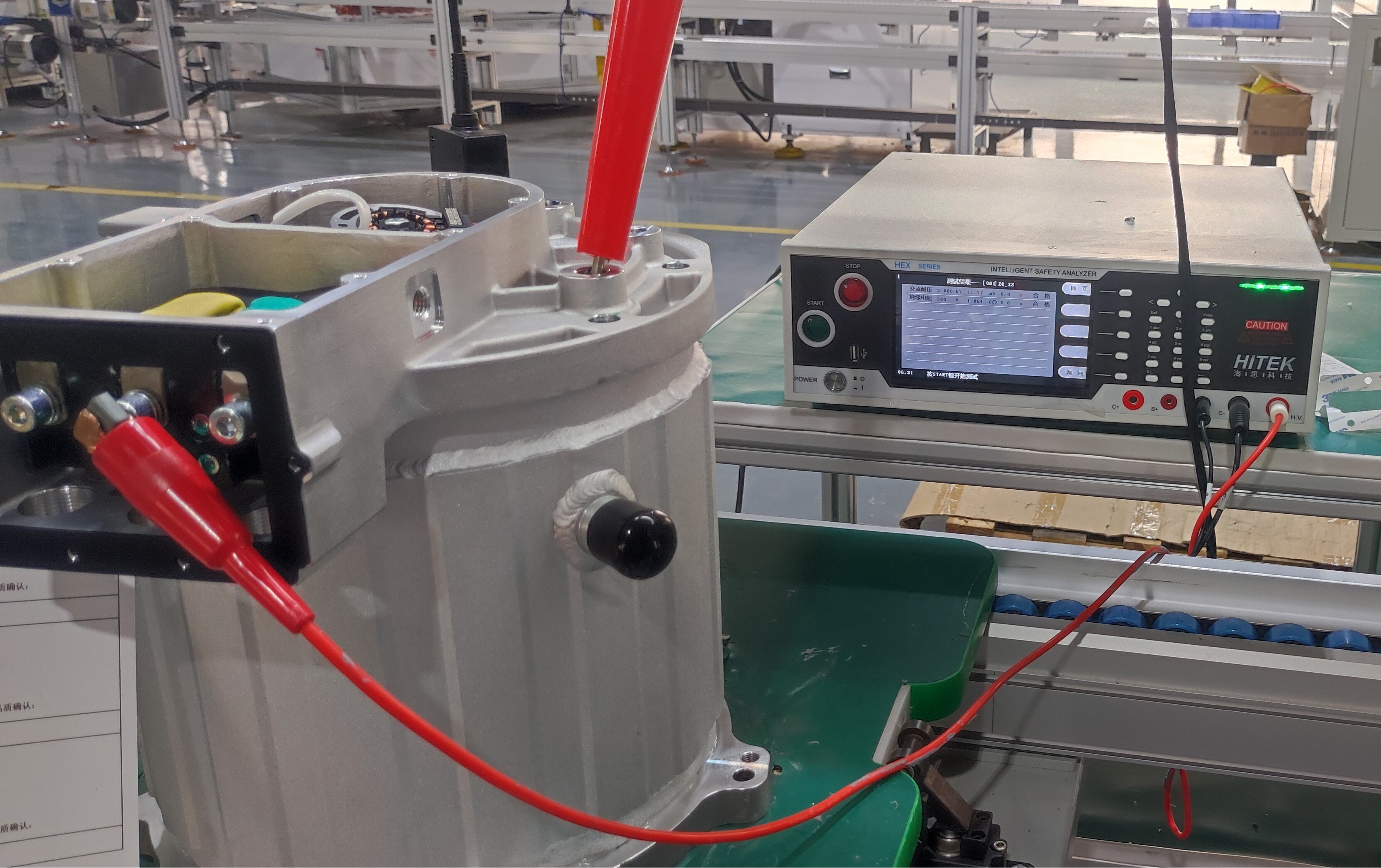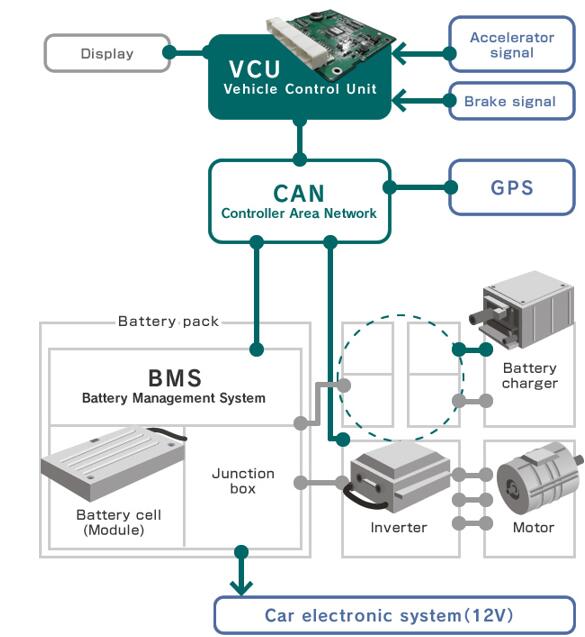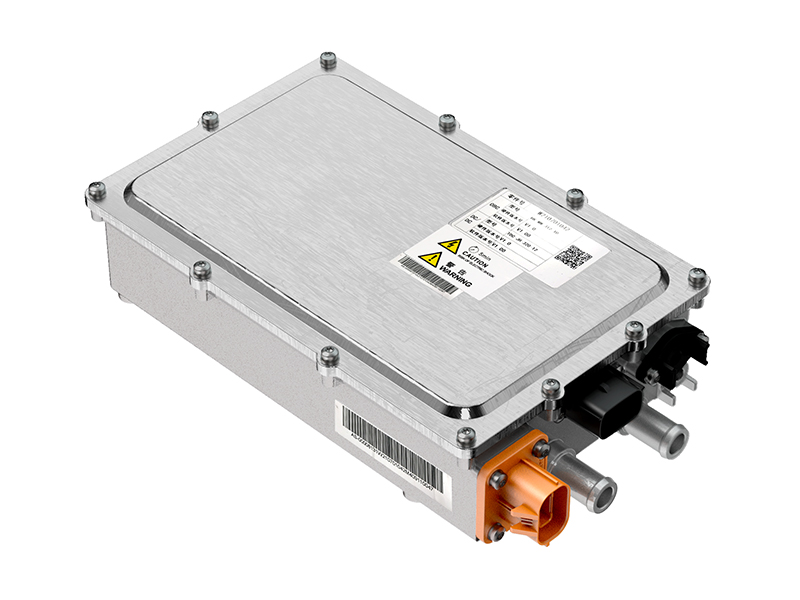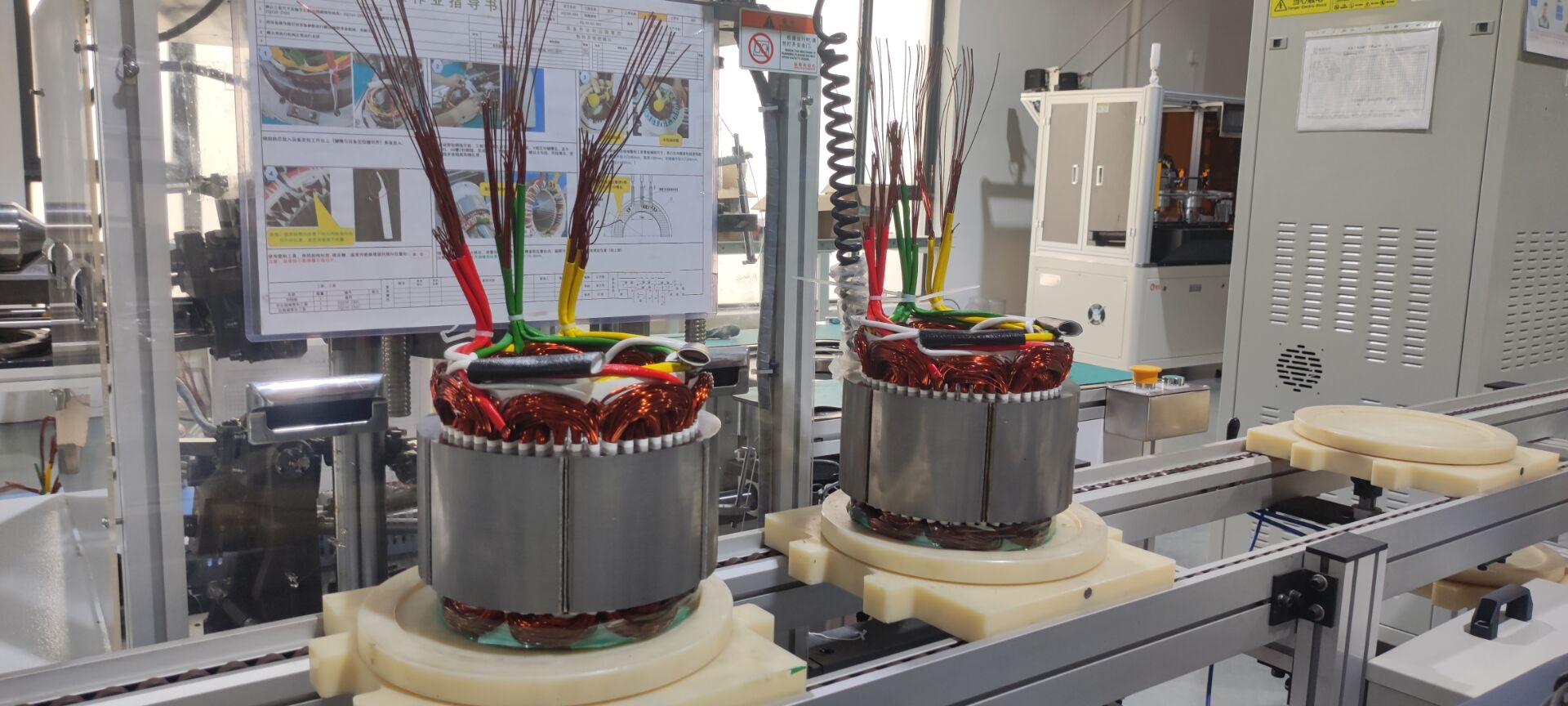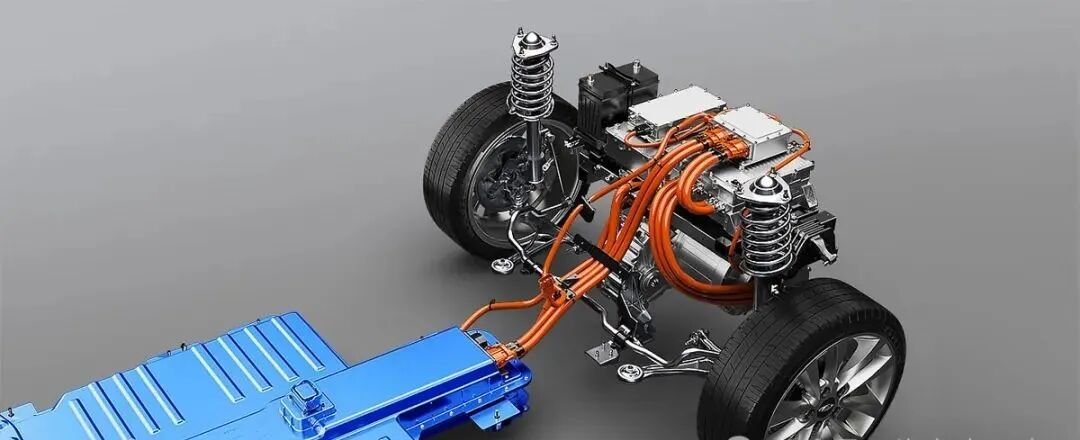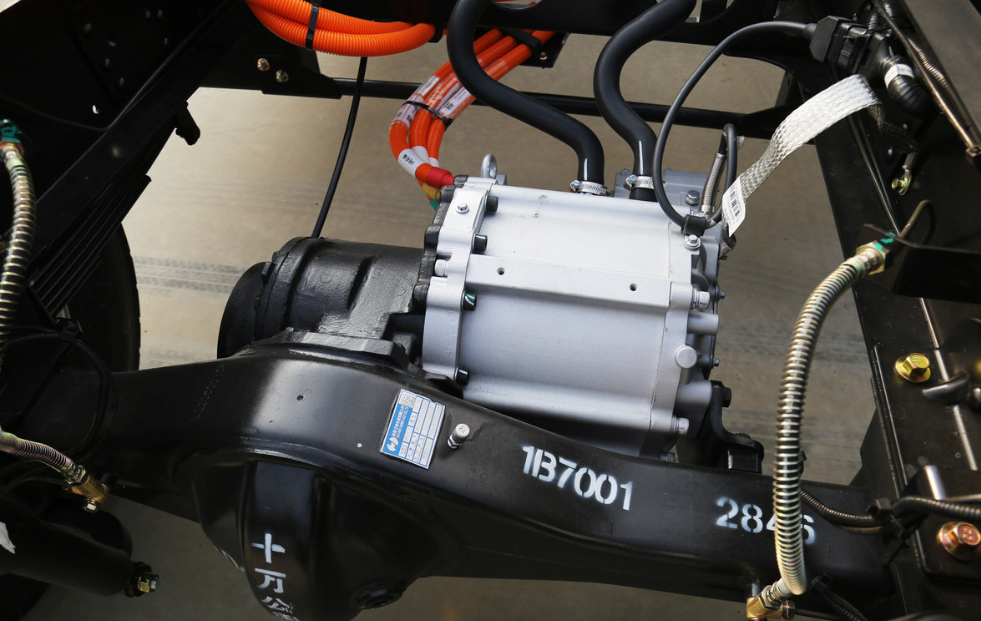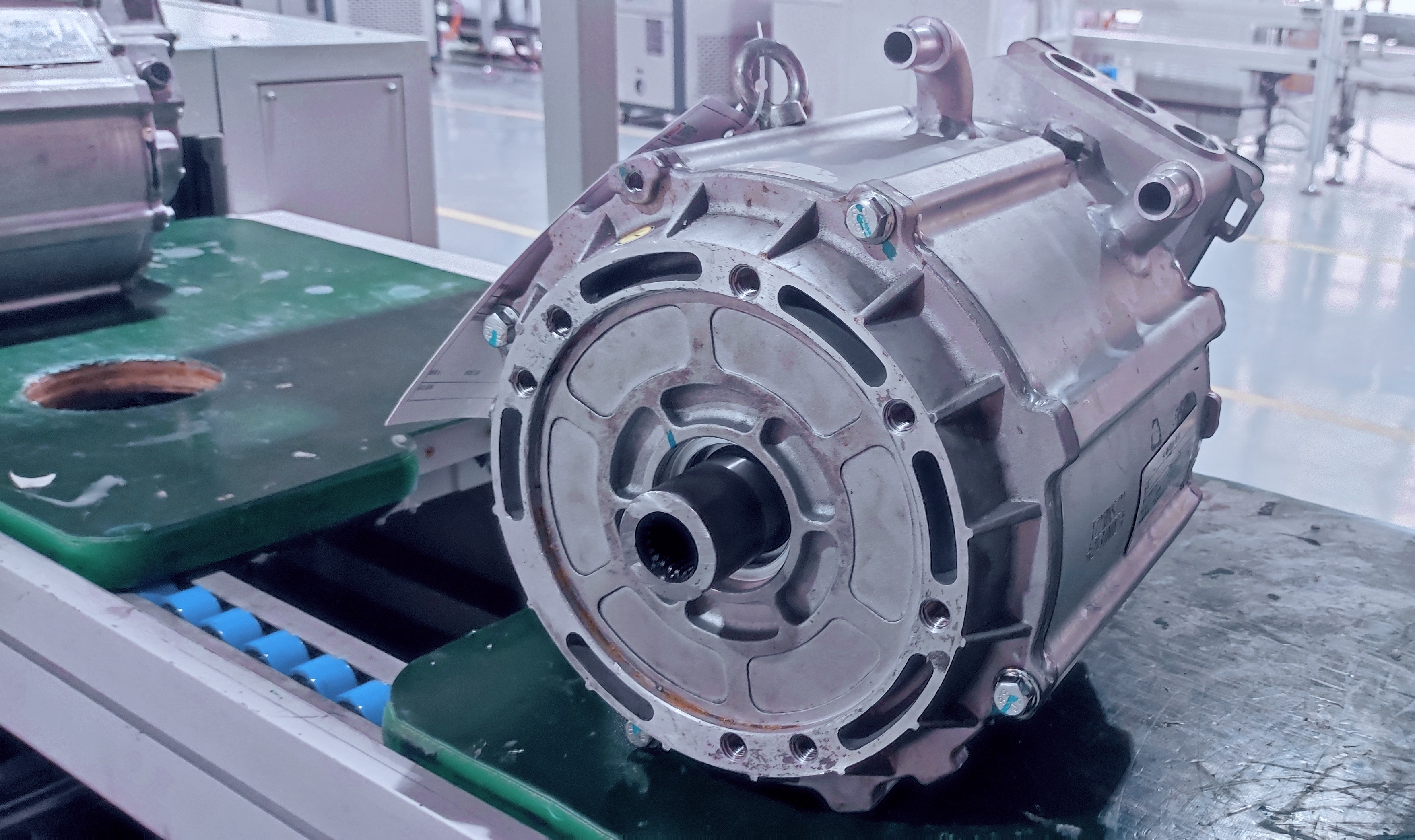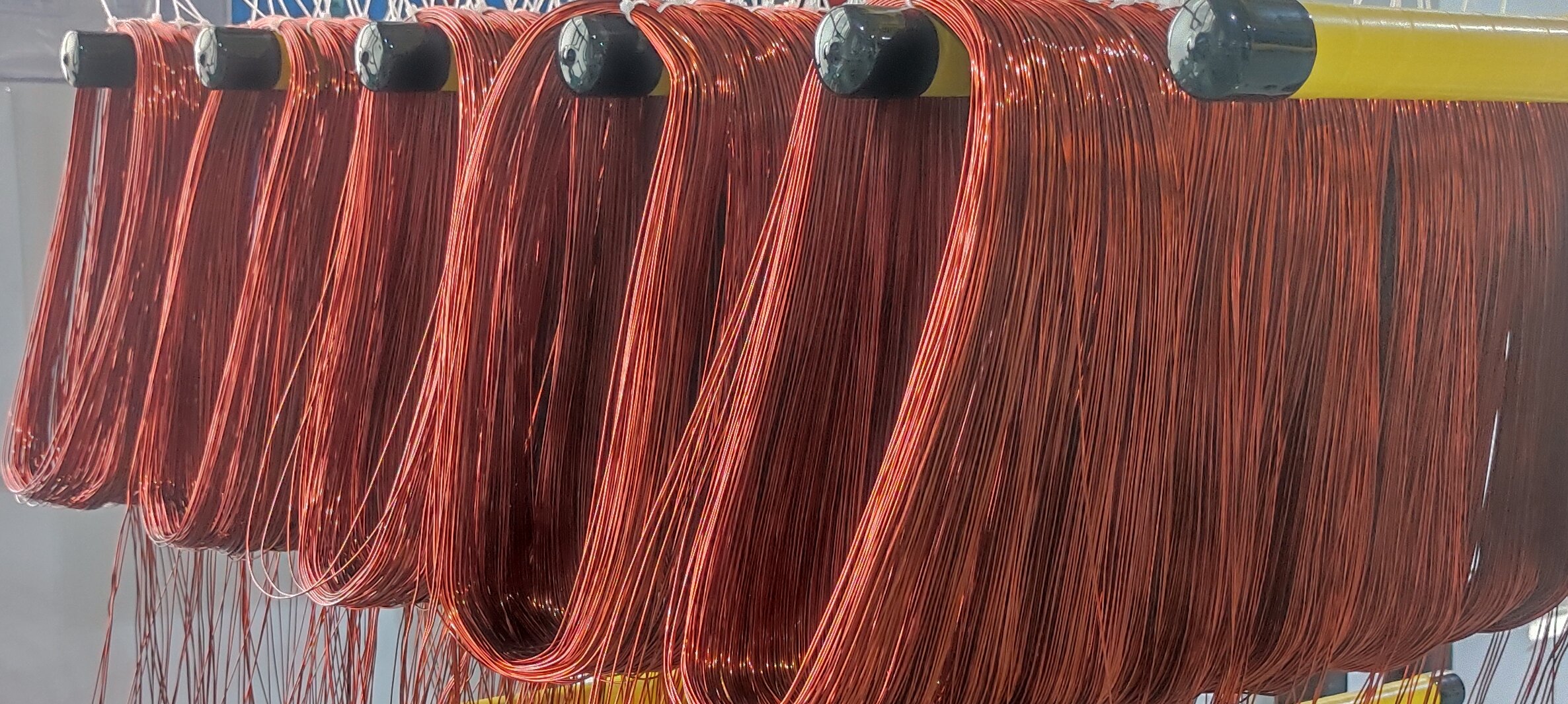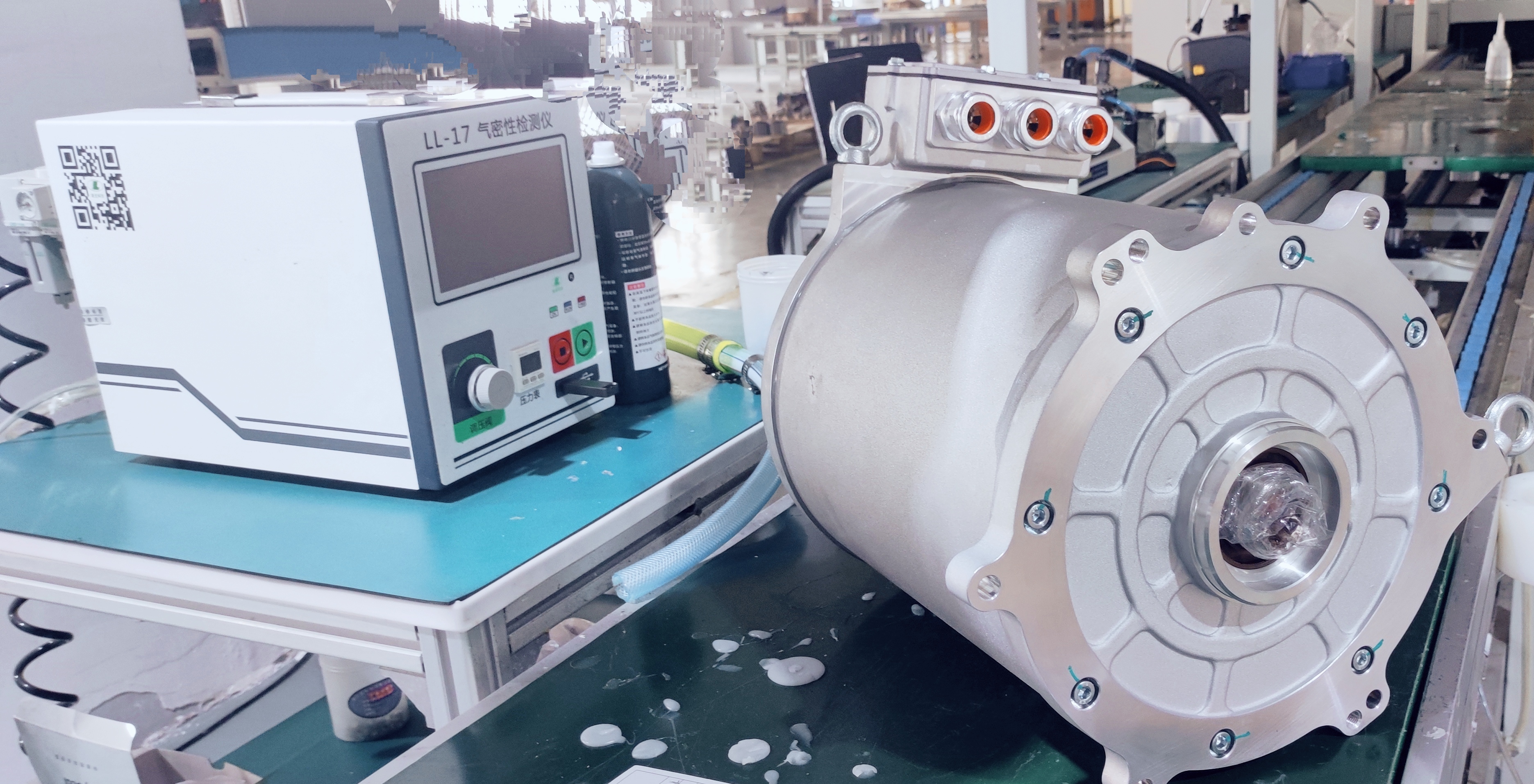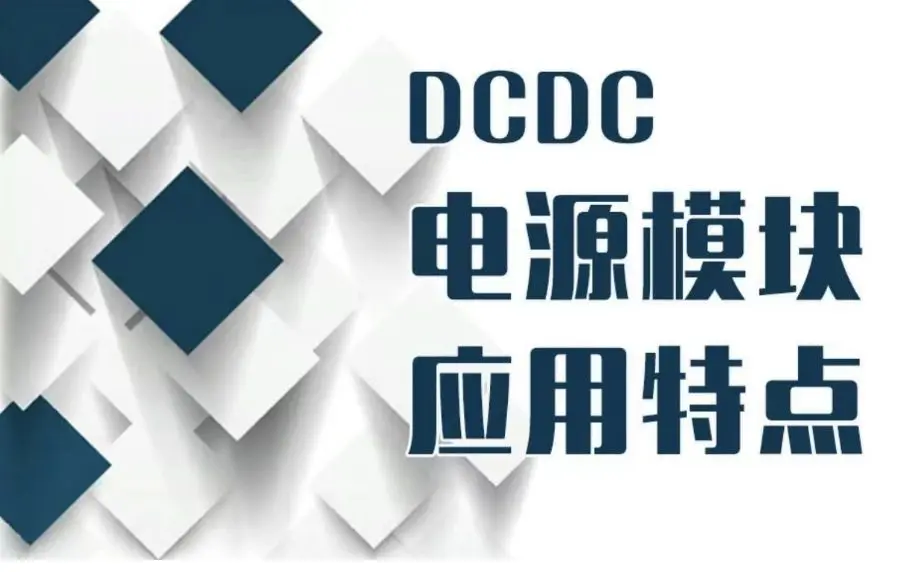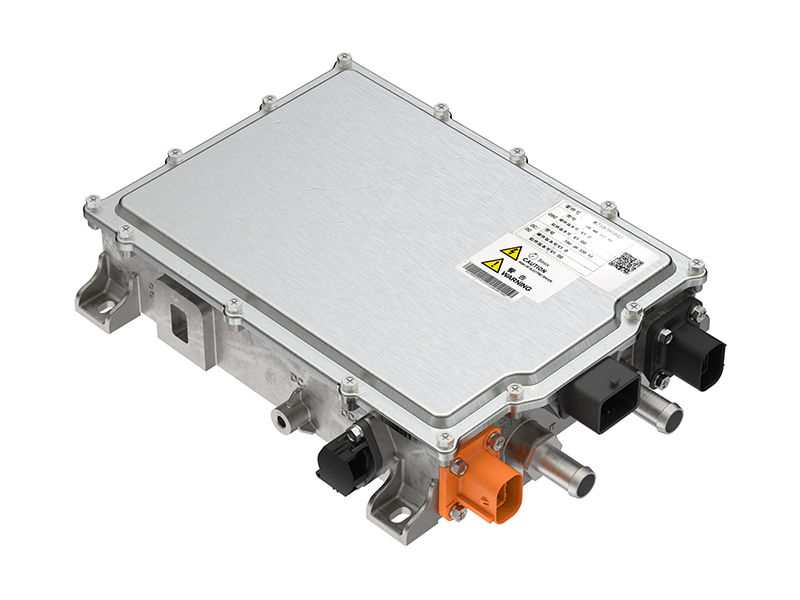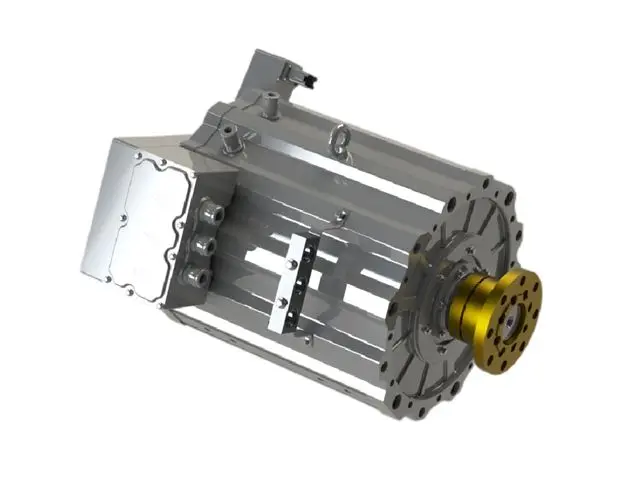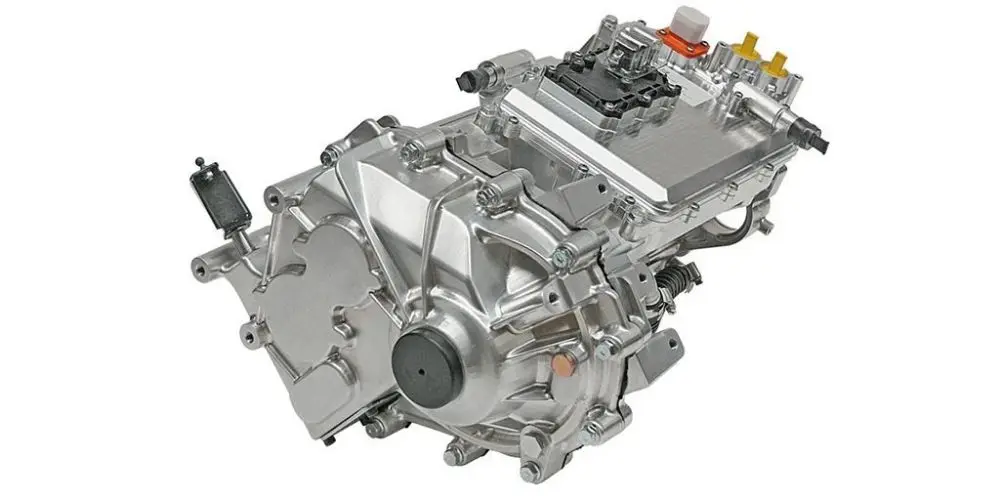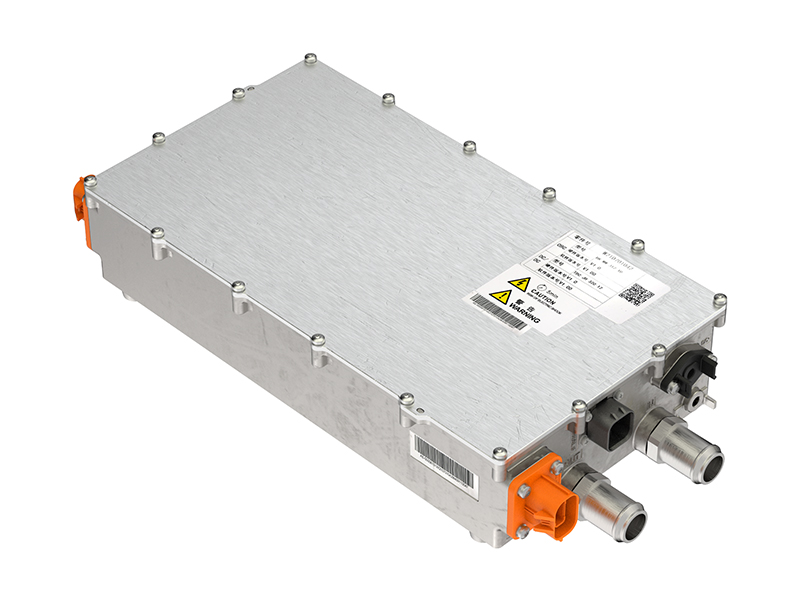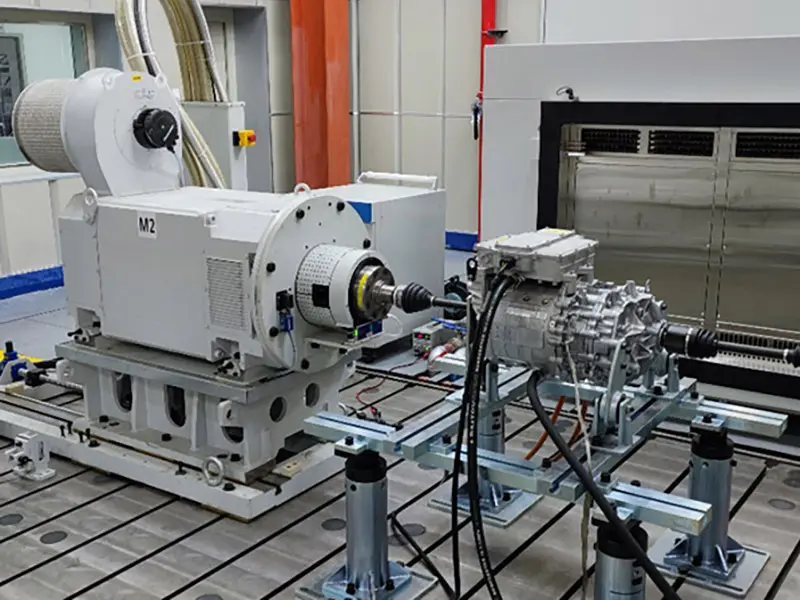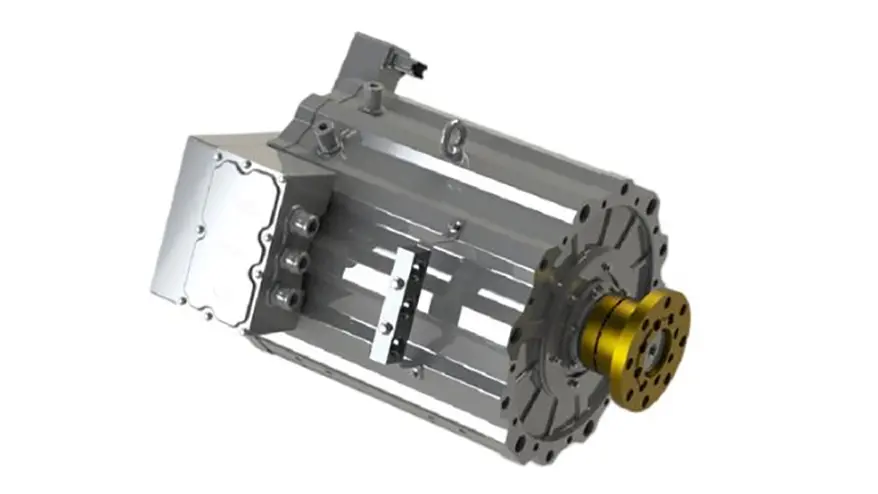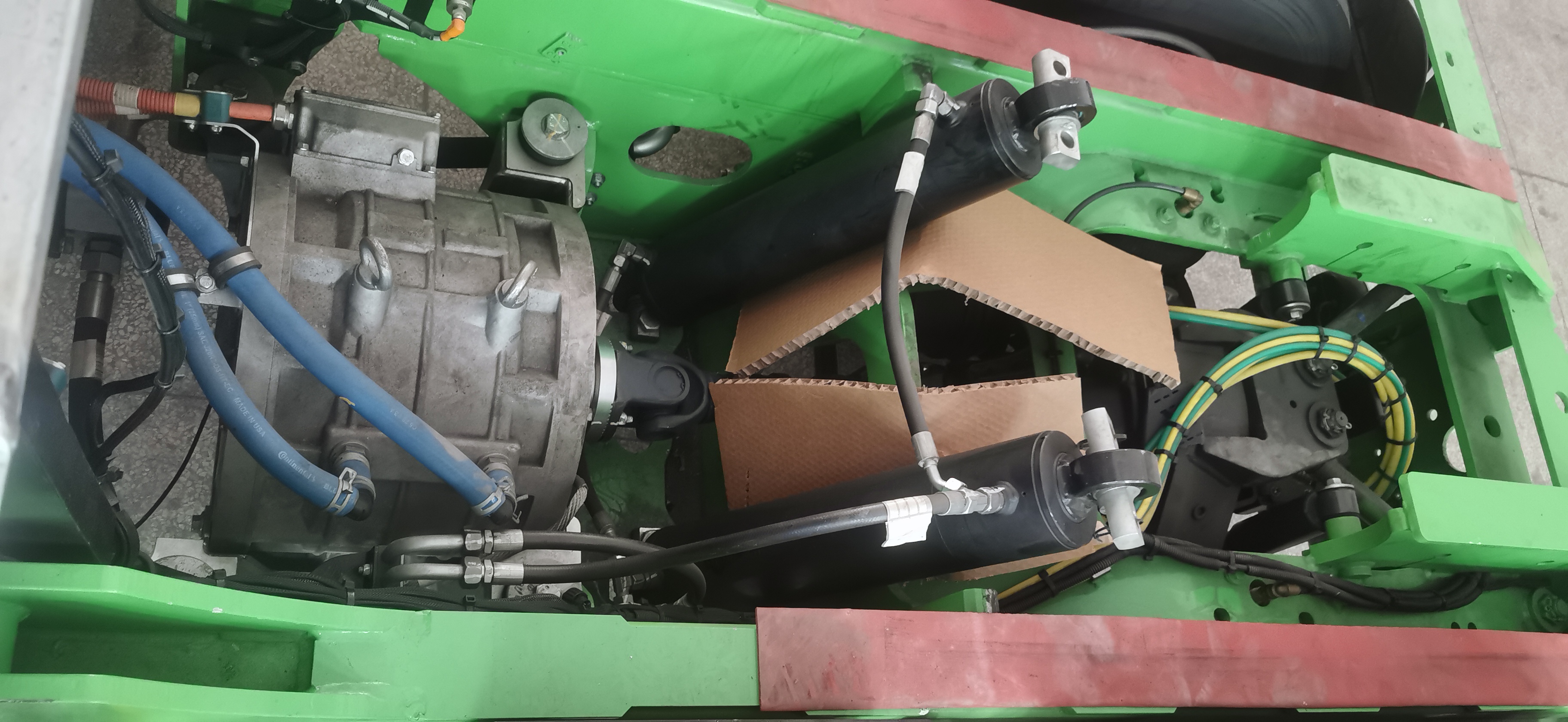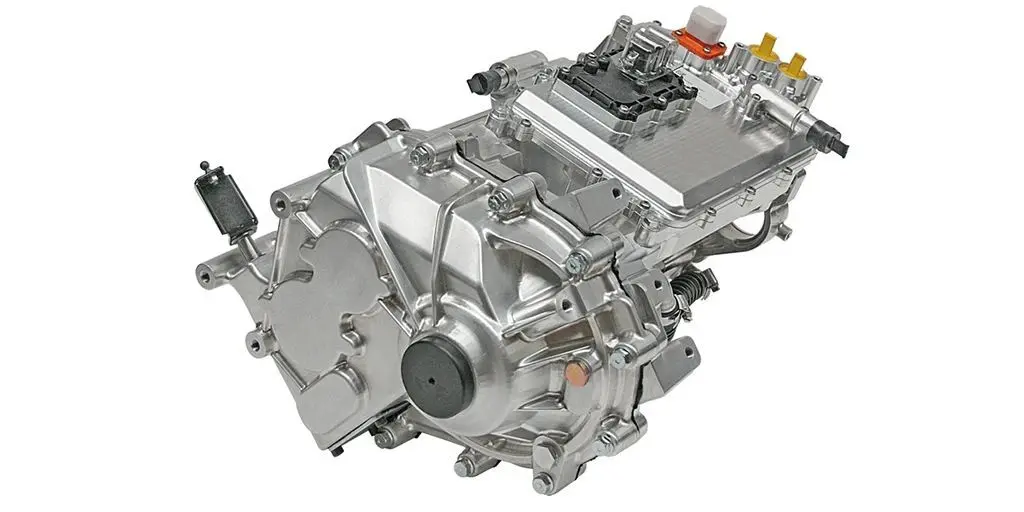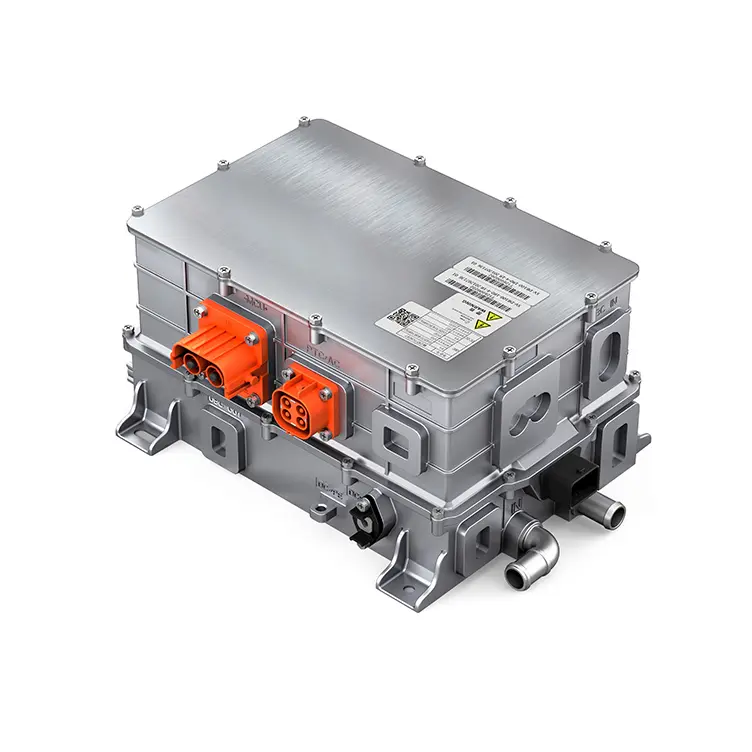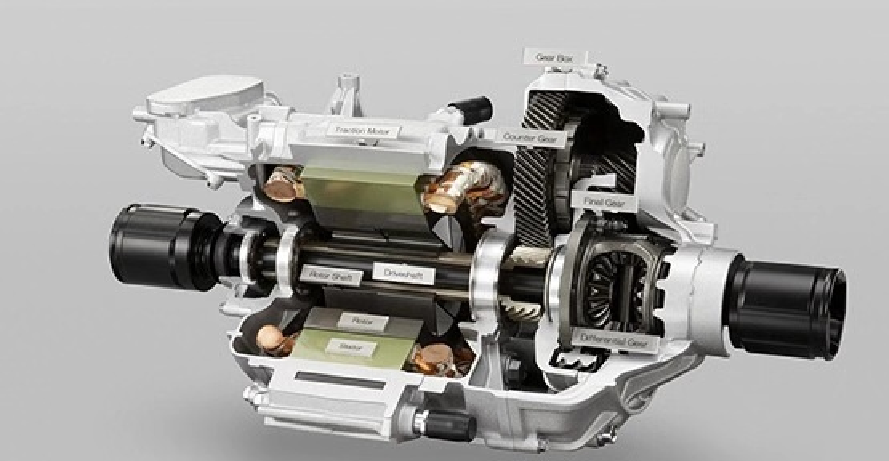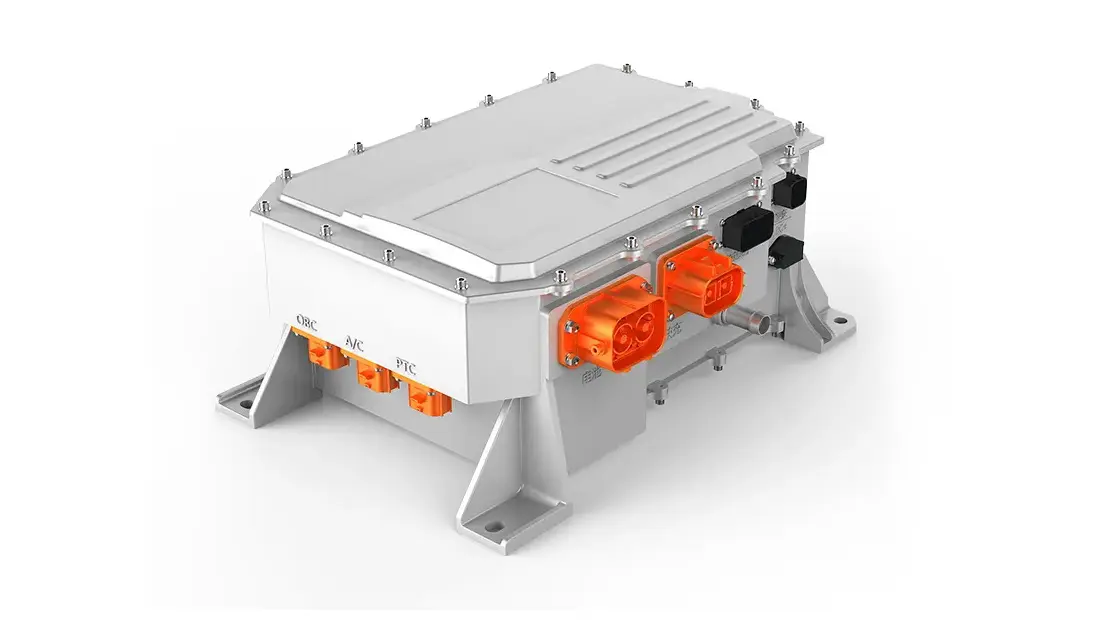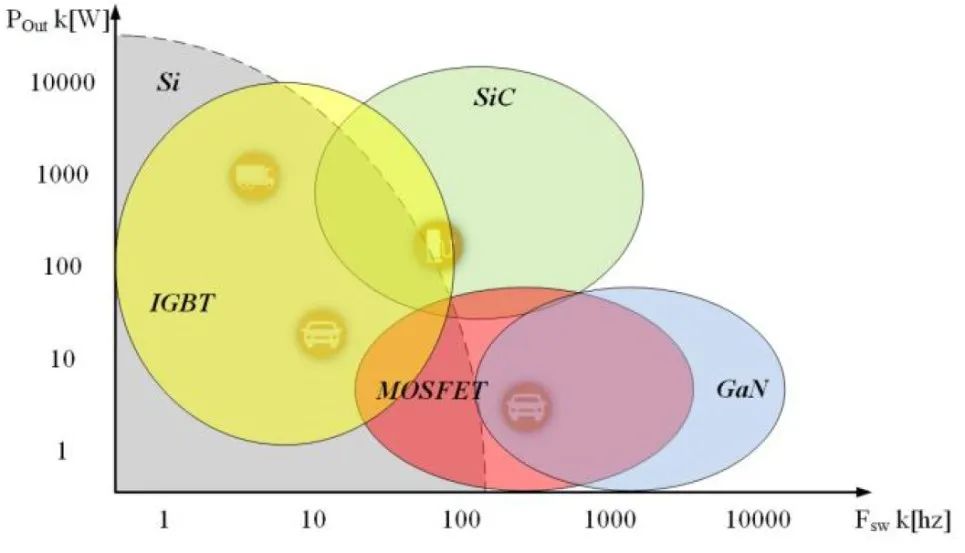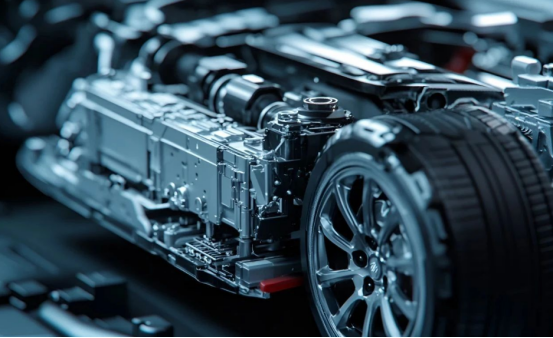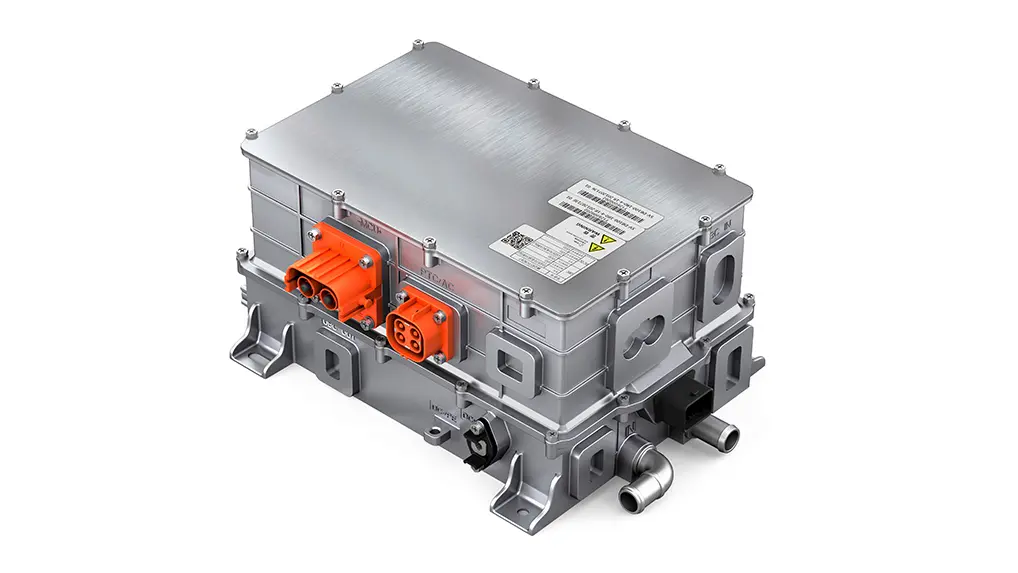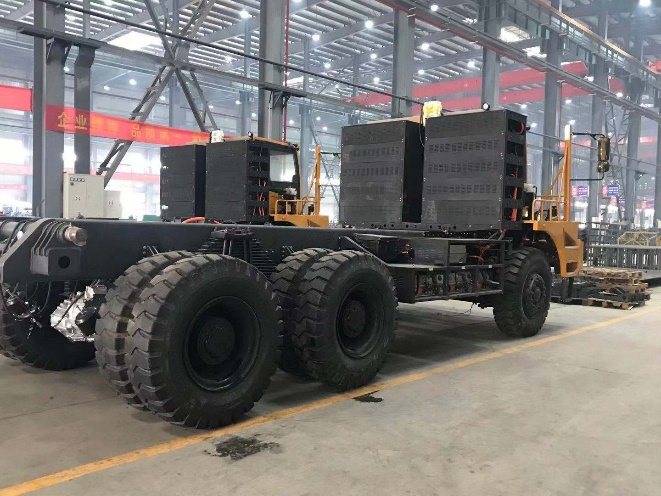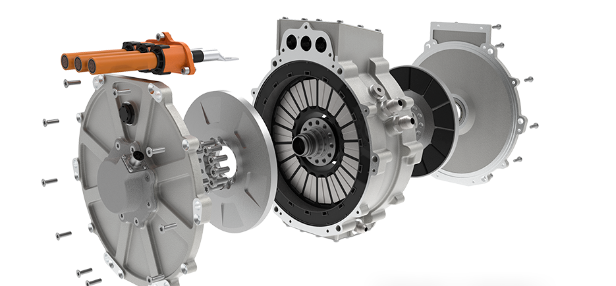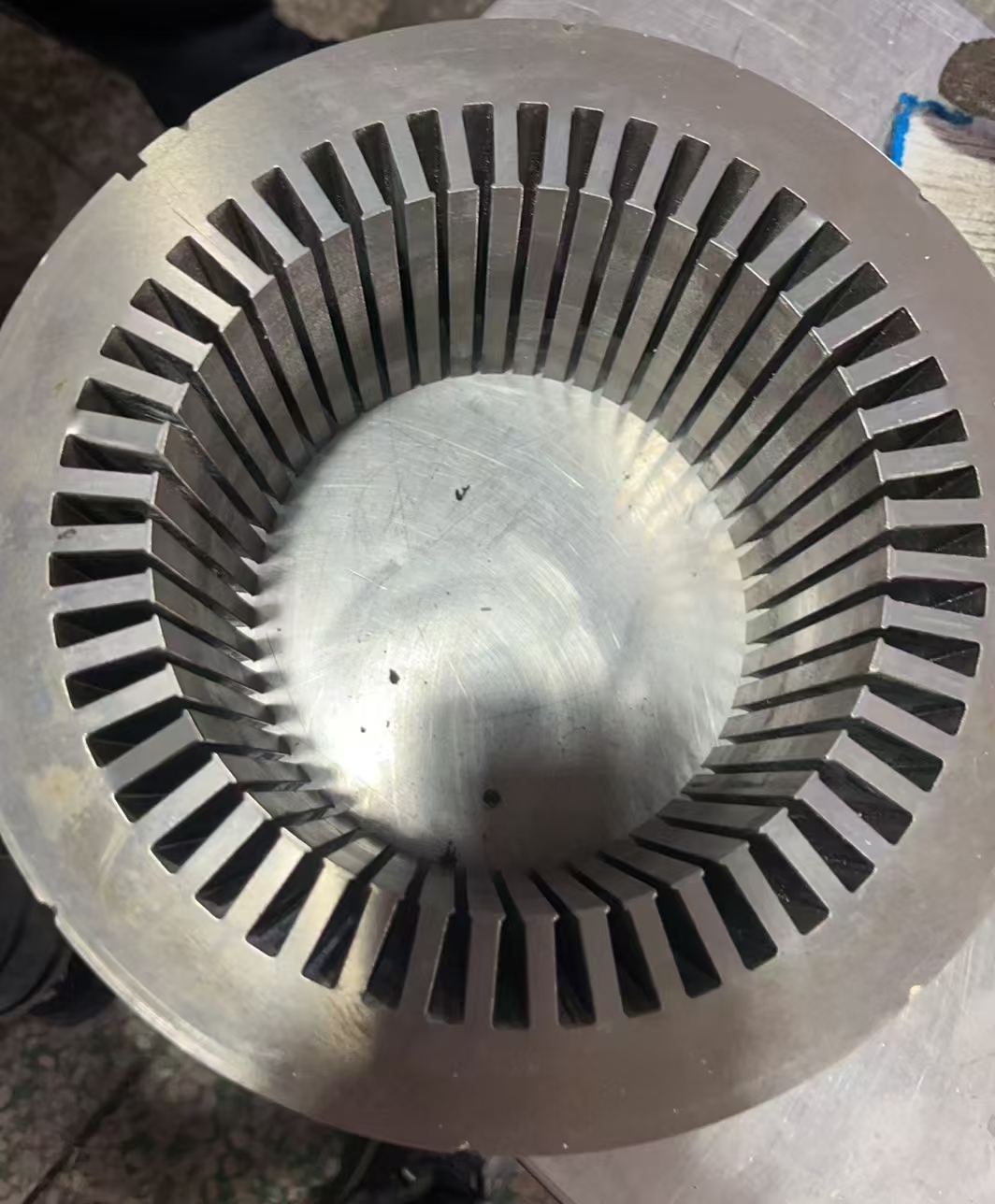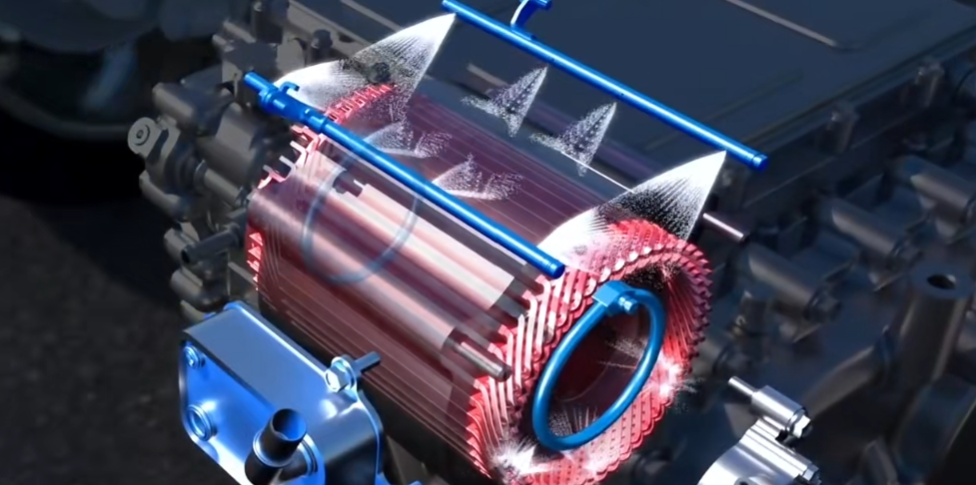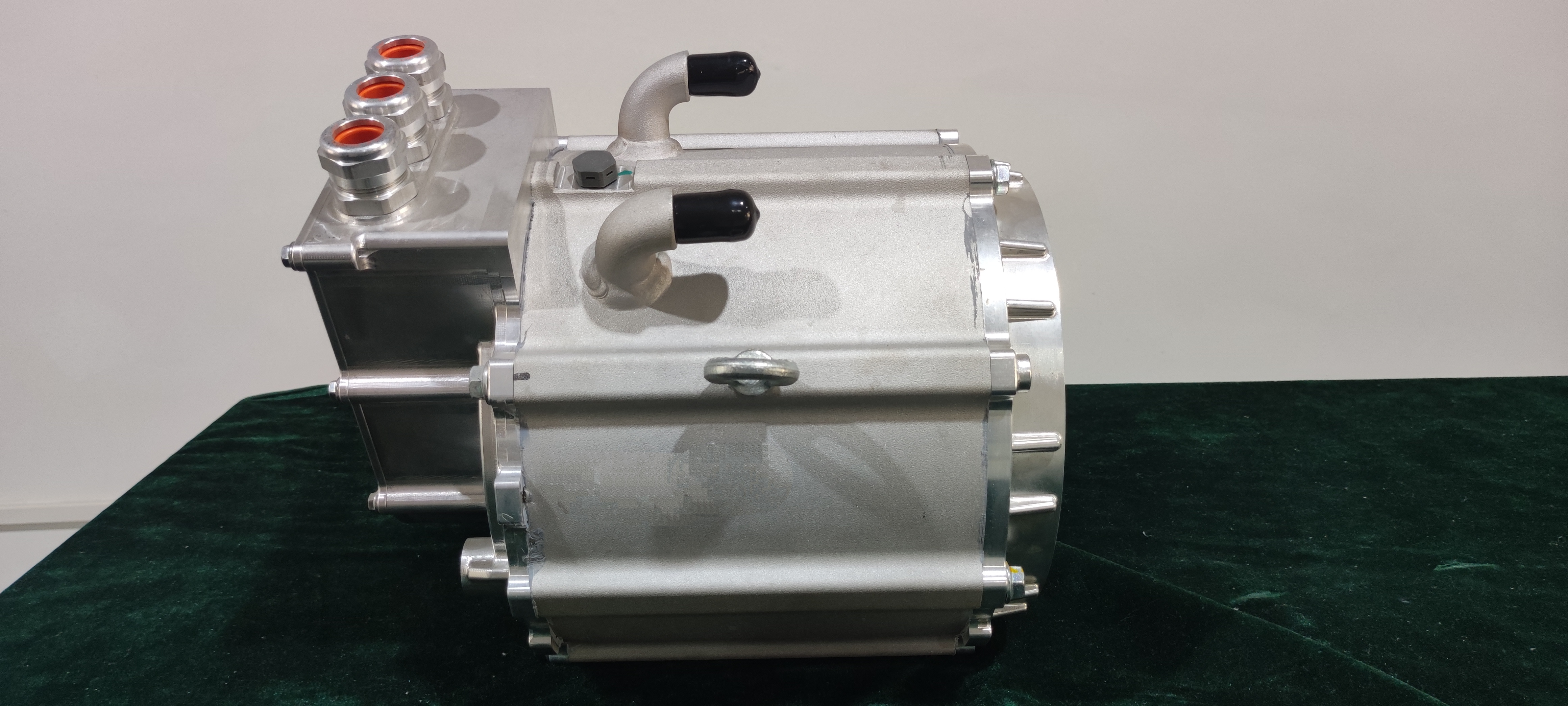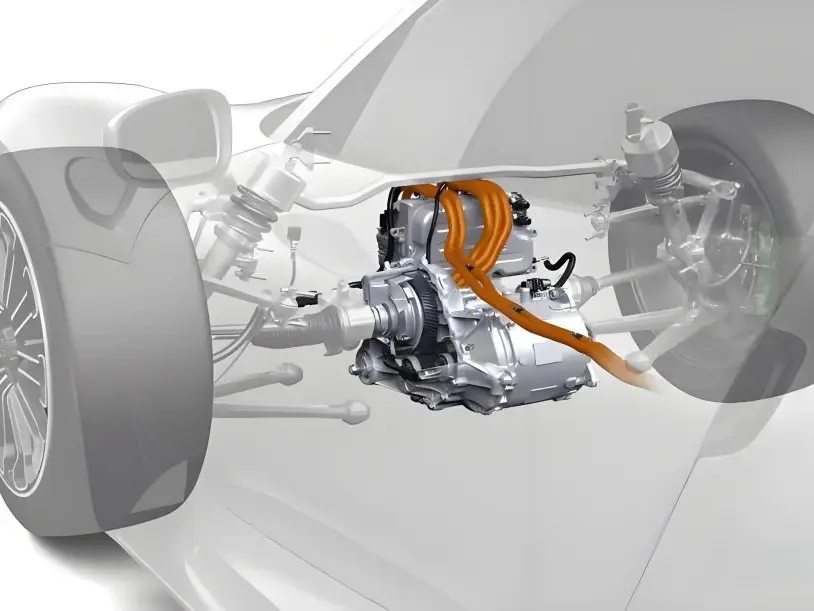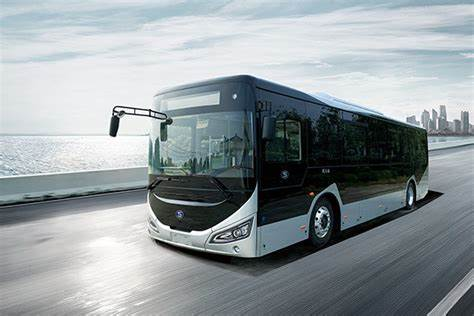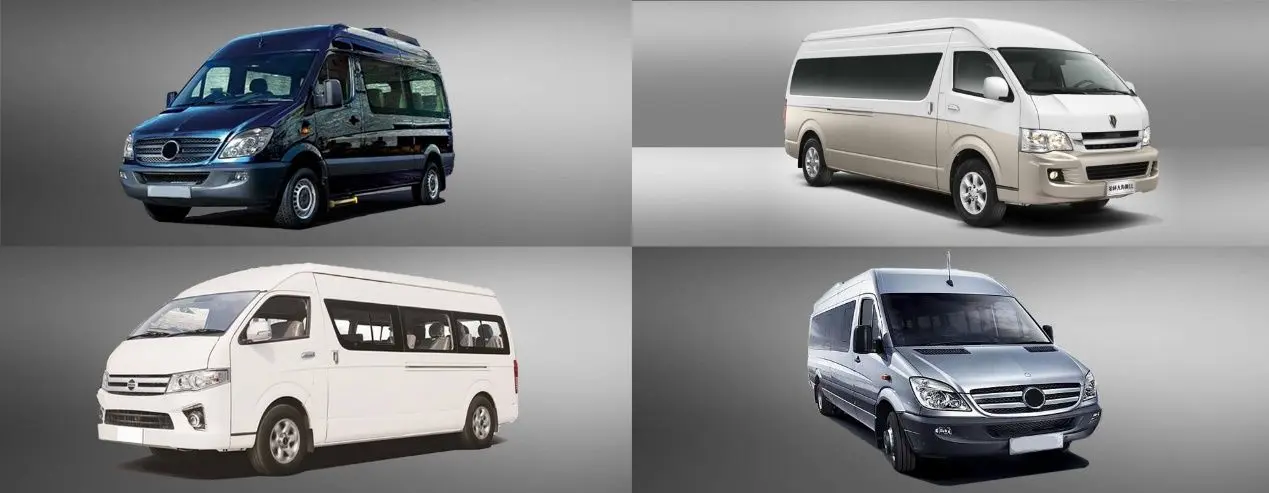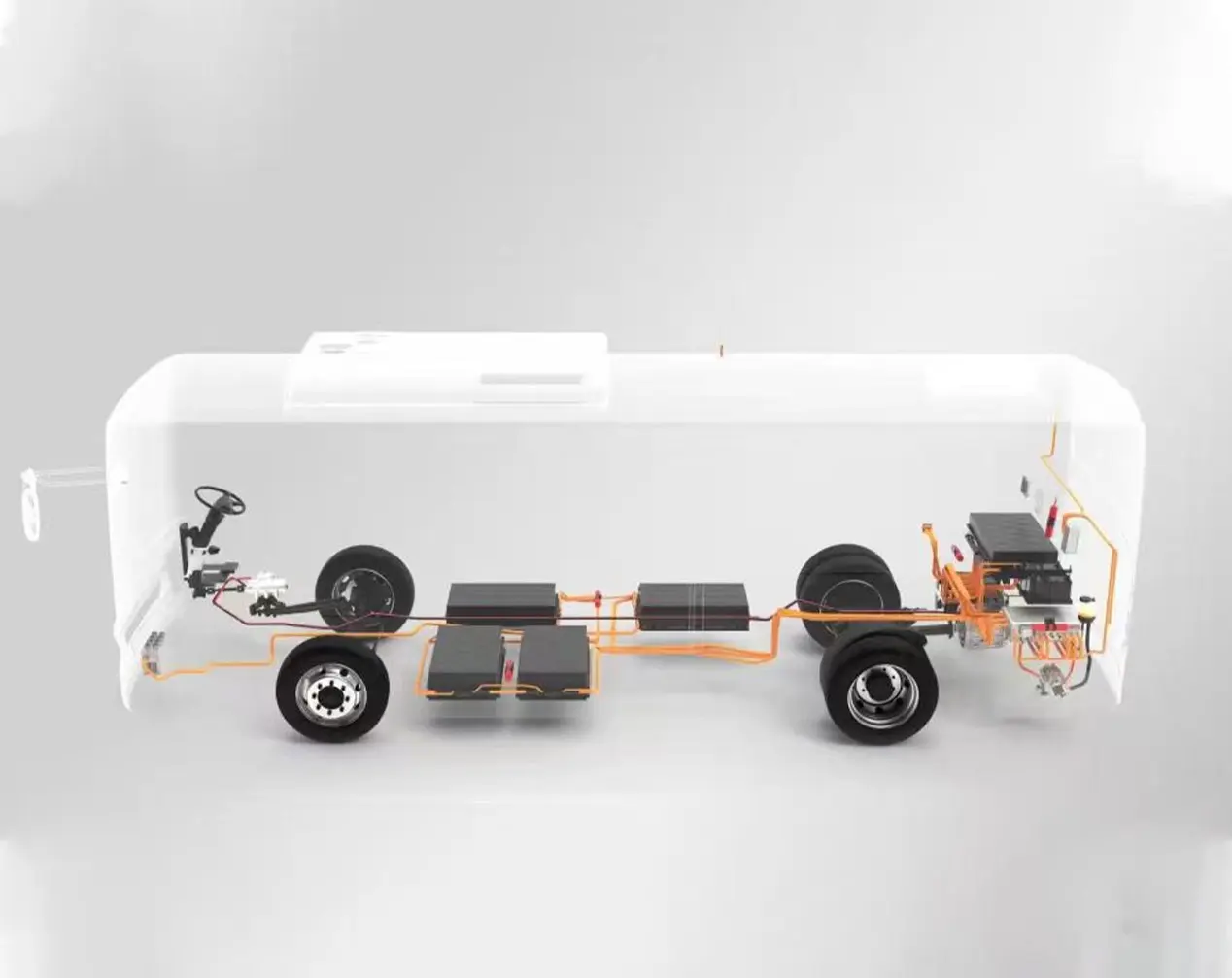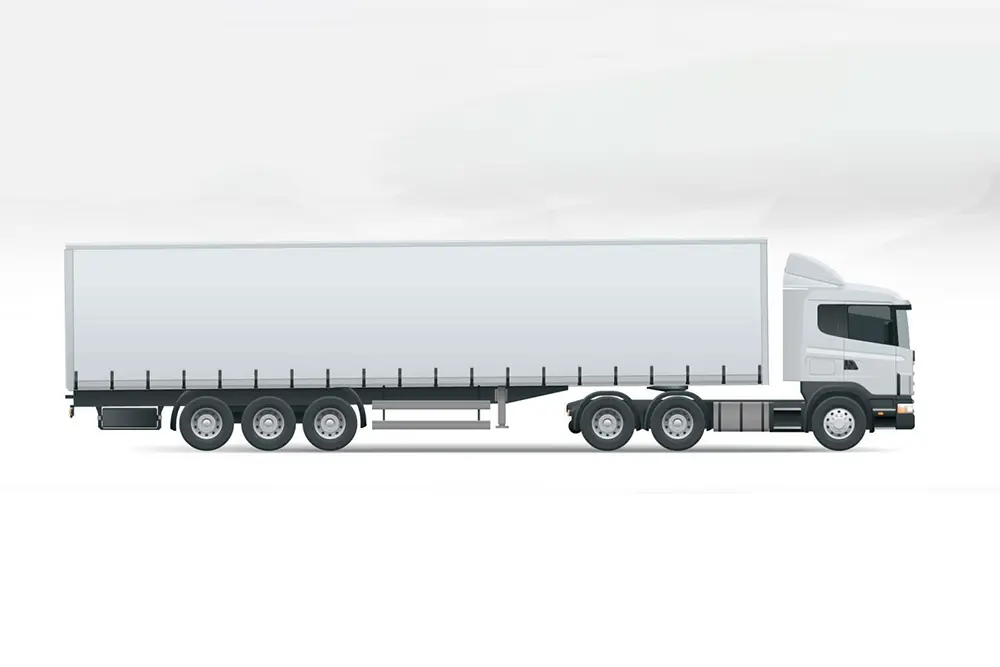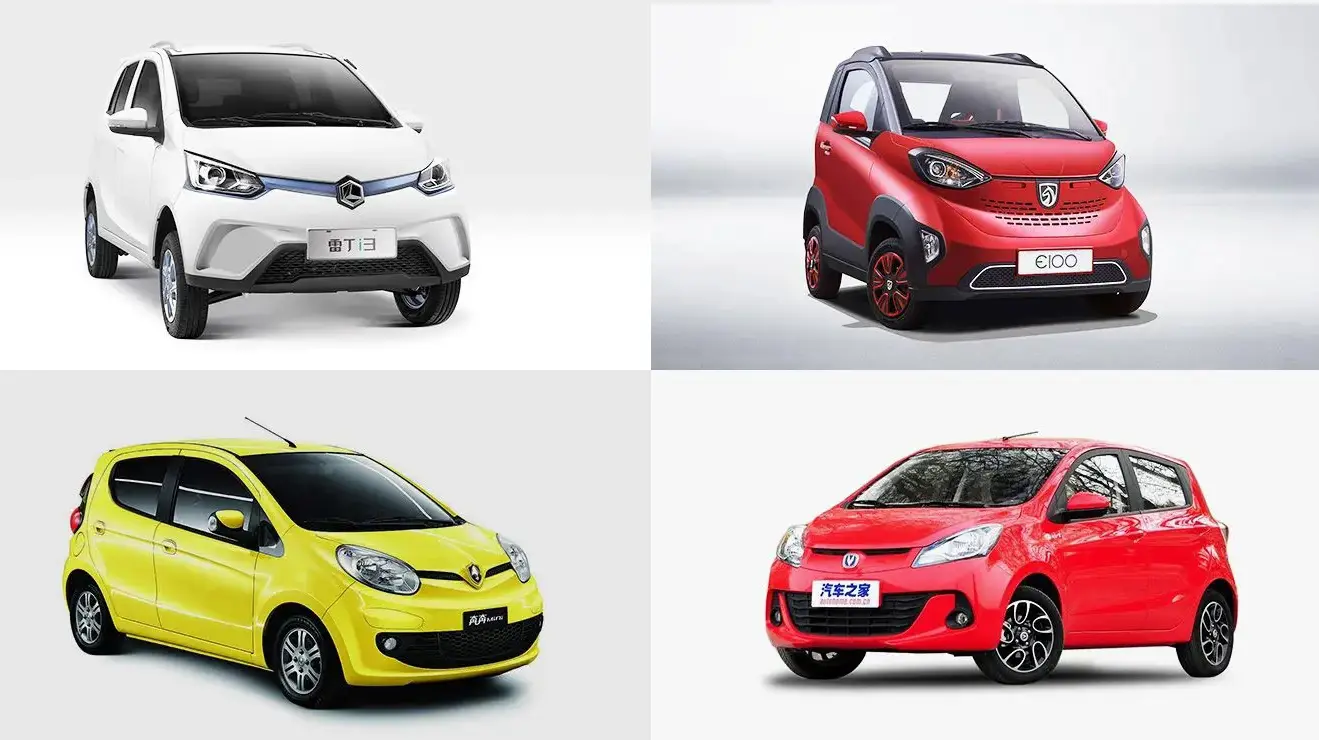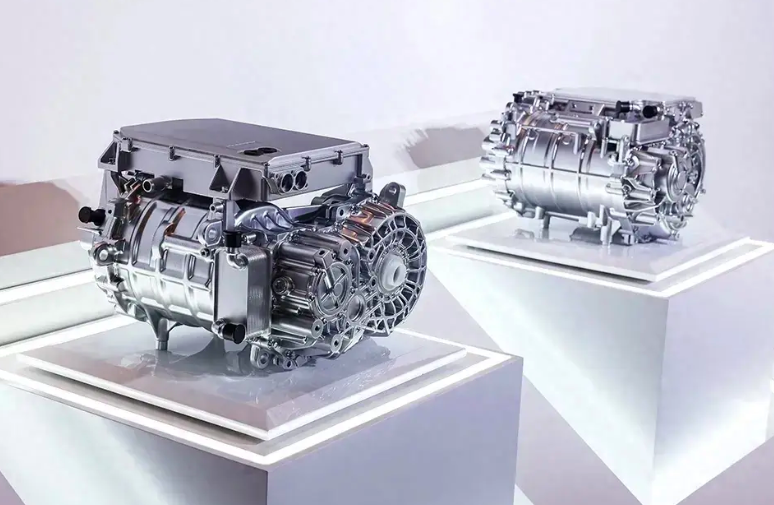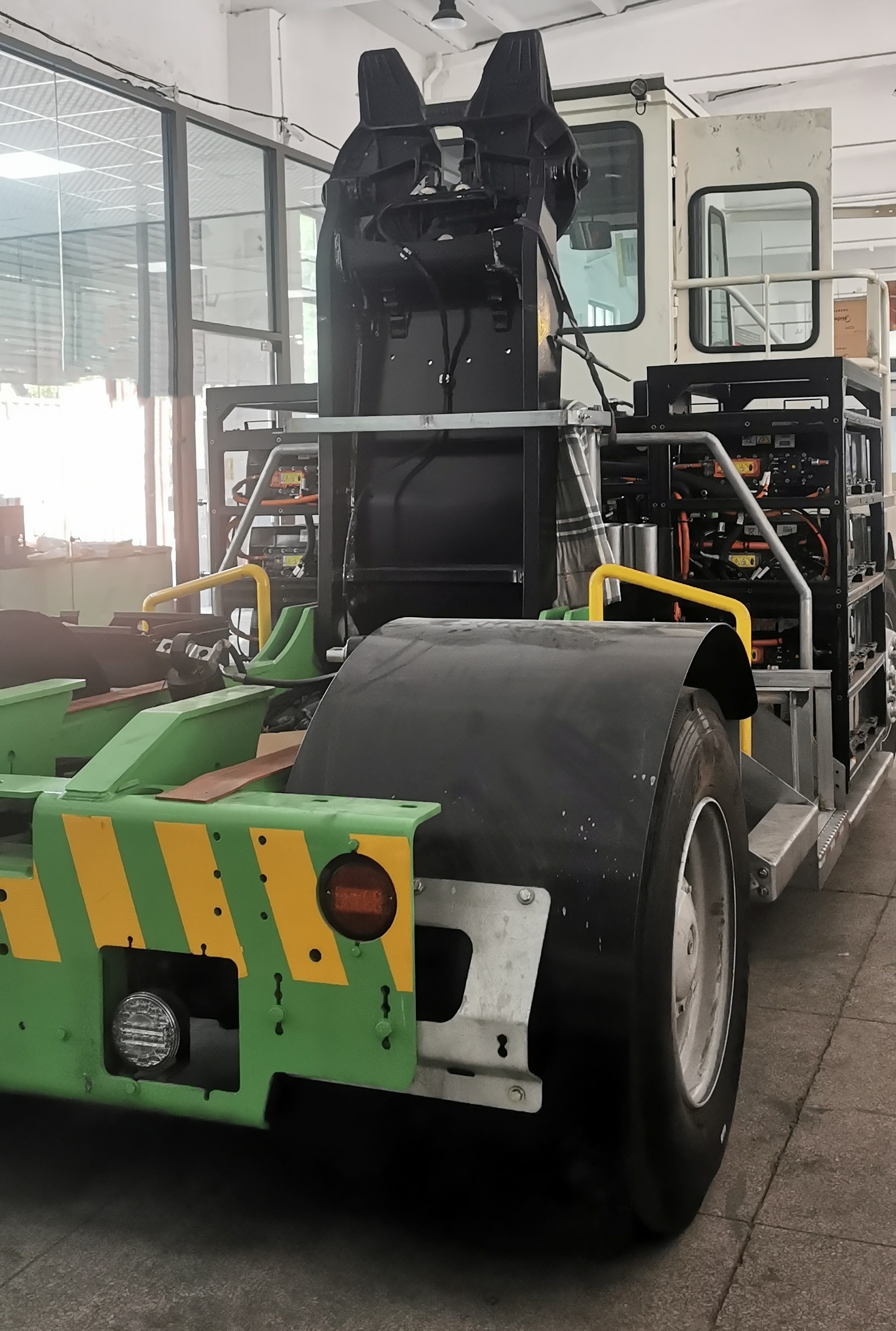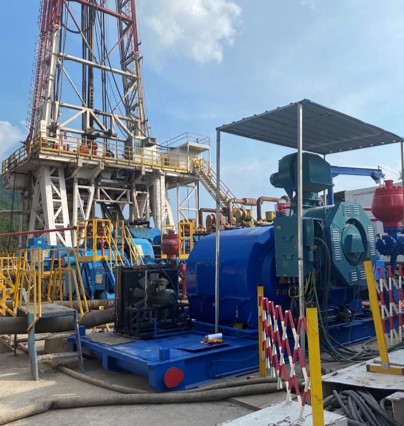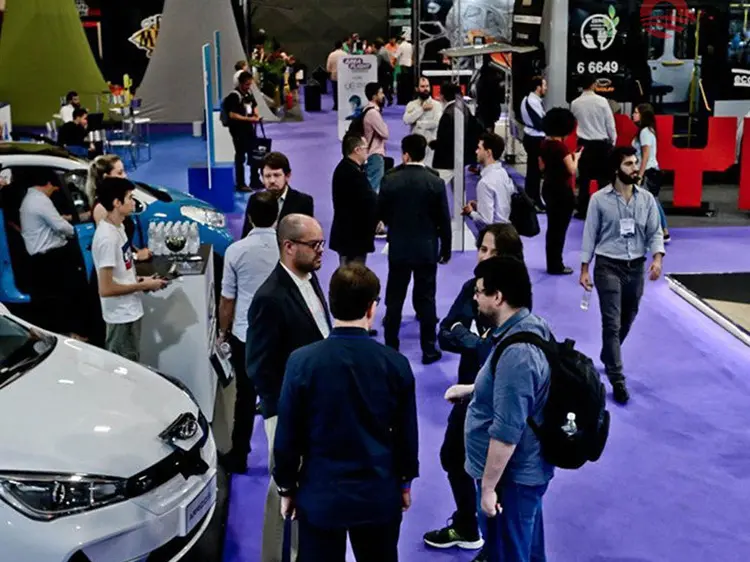Electric Vehicle Conversion Kits Without Batteries: Optimize Your Fleet Today
What Are Electric Auto Conversion Kits and How They Work
Electric auto conversion kits and electric truck conversion kits are essentially solutions for fleet operators who want to turn conventional internal combustion engine (ICE) vehicles into electric vehicles, without necessarily installing large onboard batteries immediately. This approach is especially common for fleets with access to centralized energy storage or alternative energy sources.
These kits are modular, meaning that the installation sequence can vary depending on vehicle type and technician preference. Components usually include:
- A high-power electric motor (often rated somewhere between 45–65 kW)
- A motor controller for torque, acceleration, and regenerative braking management
- An inverter to convert DC from the energy source to AC for the motor, or vice versa during regenerative braking
- A DC-DC converter for auxiliary systems such as lights, HVAC, and infotainment
- A power distribution unit (PDU) that routes energy safely across systems
The installation generally involves removing the ICE drivetrain, mounting the motor (either directly to the driveshaft or via transmission), connecting the controller and inverter, and configuring the PDU for auxiliary loads. By skipping large onboard batteries, fleets can reduce vehicle weight and cost, which is particularly advantageous for short or fixed-route applications.
Benefits of Electric Truck Conversion Kits for Heavy-Duty Vehicles
For heavy-duty fleets, electric truck conversion kits offer significant advantages beyond environmental impact:
1.Reduced Maintenance: Electric motors have fewer moving parts than ICE engines. Without onboard batteries, maintenance focuses on controllers, inverters, and auxiliary systems.
2.Fuel Savings: Electricity from centralized charging hubs is often cheaper than diesel, especially for stop-and-go urban routes.
3.Emission Reduction: Urban trucks converted with electric truck conversion kits significantly reduce particulate matter and CO₂ emissions.
4.Customizable Power: Modular kits allow motor torque and controller settings to be tuned for specific loads and routes.
5.Scalability: Modular design makes fleet-wide deployment easier and more flexible.
For instance, a 7-ton delivery truck may use a 55 kW motor optimized for repeated stops, while a municipal garbage truck might rely on a slightly lower-powered motor but a more robust PDU to handle auxiliary hydraulics.

Motor Drive and Speed Controller: The Heart of EV Conversion
In any electric auto conversion kits or electric truck conversion kits, the motor and speed controller are central:
- Motor Drive: Converts electrical energy into mechanical torque. Depending on load, a motor around 45–60 kW may be selected, sometimes slightly oversized to ensure adequate acceleration under heavy payload.
- Speed Controller: Regulates acceleration, braking, and regenerative energy recovery. Some controllers also manage thermal protection and variable torque distribution.
Interestingly, the installation sequence can be flexible—technicians often install the controller first to verify wiring, communication, and safety interlocks before mounting the motor. Even in battery-less setups, regenerative braking can feed energy back into centralized storage to improve overall fleet efficiency.
Choosing the Right Electric Vehicle Components for Your Fleet
Component selection is rarely uniform; it must match vehicle type, route profile, and auxiliary load.
|
Component |
Typical Range |
Notes |
|
Electric Motor |
40–65 kW |
Focus on torque; heavier trucks may require higher power |
|
Motor Controller |
AC/DC compatible |
Must support regenerative braking and thermal management |
|
Inverter |
88–95% efficiency |
Efficiency varies with load; cooling requirements matter |
|
DC-DC Converter |
12–48 V output |
Powers auxiliary systems; oversizing improves reliability |
|
PDU |
Modular |
Manages distribution, monitoring, and safety; optional telematics integration |
Other considerations include vehicle weight, climate, and route type. In reality, no two fleets have perfectly identical requirements; even the same truck model may have slightly different component choices across the fleet.
Power Distribution Units and Inverters in EV Conversion Kits
Energy management is critical for electric auto conversion kits and electric truck conversion kits.
- Inverters: Convert DC to AC for motors, or AC to DC during regenerative braking. Efficiency can range from 88–95% depending on load and temperature.
- PDUs: Serve as the vehicle’s “nervous system,” directing energy to motors and auxiliary systems. Some advanced PDUs integrate monitoring and safety relays, and can communicate with fleet management systems for performance tracking.
Modular PDUs allow technicians to replace fuses or relays quickly, reducing downtime—a crucial factor for large fleets.
Key Considerations for Integrating EV Conversion Kits in Large Fleets
Fleet-wide deployment requires strategic planning:
1.Route Analysis: Electric motors excel in stop-and-go conditions; modeling energy consumption for each route is essential.
2.Centralized Charging: Even battery-less vehicles need depot-based energy supply. Think of it as fueling but electric.
3.Technician Training: High-voltage systems require staff trained in motor controllers, inverters, and PDUs.
4.Regulatory Compliance: Vehicle conversion may require inspection or certification depending on local regulations.
5.Lifecycle Costs: Assess maintenance, energy, and infrastructure costs together; upfront savings may be offset by operational inefficiencies.
Future Trends in Electric Auto and Truck Conversion Kits
Emerging trends show that conversion kits are becoming smarter and more adaptable:
- AI-Enhanced Controllers: Learning algorithms adjust torque and regen profiles based on route patterns.
- Hybrid Energy Storage: Ultracapacitors or depot batteries complement battery-less systems for peak loads.
- Telematics Integration: PDUs can transmit real-time data to fleet dashboards.
- Modular Upgrades: Motors, inverters, and auxiliary systems can be replaced independently, extending vehicle lifespan.
Fleets adopting these technologies early may achieve 5–10% efficiency gains over conventional conversions.
Installation and Commissioning Guide for Electric Vehicle Conversion Kits
Installing a conversion kit requires careful planning:
1.Preparation: Remove ICE components, inspect chassis, and reinforce if needed.
2.Component Installation: Mount motor, connect controller and inverter, wire auxiliary systems through the PDU. Installation order is flexible.
3.System Integration: Verify all wiring, configure controller parameters, including torque curves, speed limits, and regenerative braking settings.
4.Testing & Commissioning: Begin with low-speed tests, gradually increase load while monitoring voltage, current, and temperature.
5.Fleet Rollout: Standardize installation procedures and train operators for consistency.
FAQ
Q1: Can these kits work without onboard batteries?
A: Yes, many fleets use depot-based energy storage. Batteries can be added later if needed.
Q2: How long does conversion take?
A: Usually a few days to two weeks per vehicle depending on kit complexity.
Q3: Are all trucks compatible?
A: Not all. Chassis, drivetrain, and auxiliary systems must be evaluated.
Q4: Do technicians require certification?
A: Yes. High-voltage systems are hazardous and require trained personnel.
Q5: Are battery-less kits suitable for long-haul trucks?
A: Best for short-to-medium routes. Hybrid storage is recommended for longer distances.
Conclusion
Electric auto conversion kits and electric truck conversion kits offer a flexible, cost-effective pathway to fleet electrification. By carefully choosing motors, controllers, inverters, and PDUs, and by considering route patterns, auxiliary loads, and energy management, fleets can achieve performance and efficiency improvements without full onboard batteries. As technology evolves, modular and AI-enabled kits will further enhance fleet reliability, efficiency, and sustainability.









